
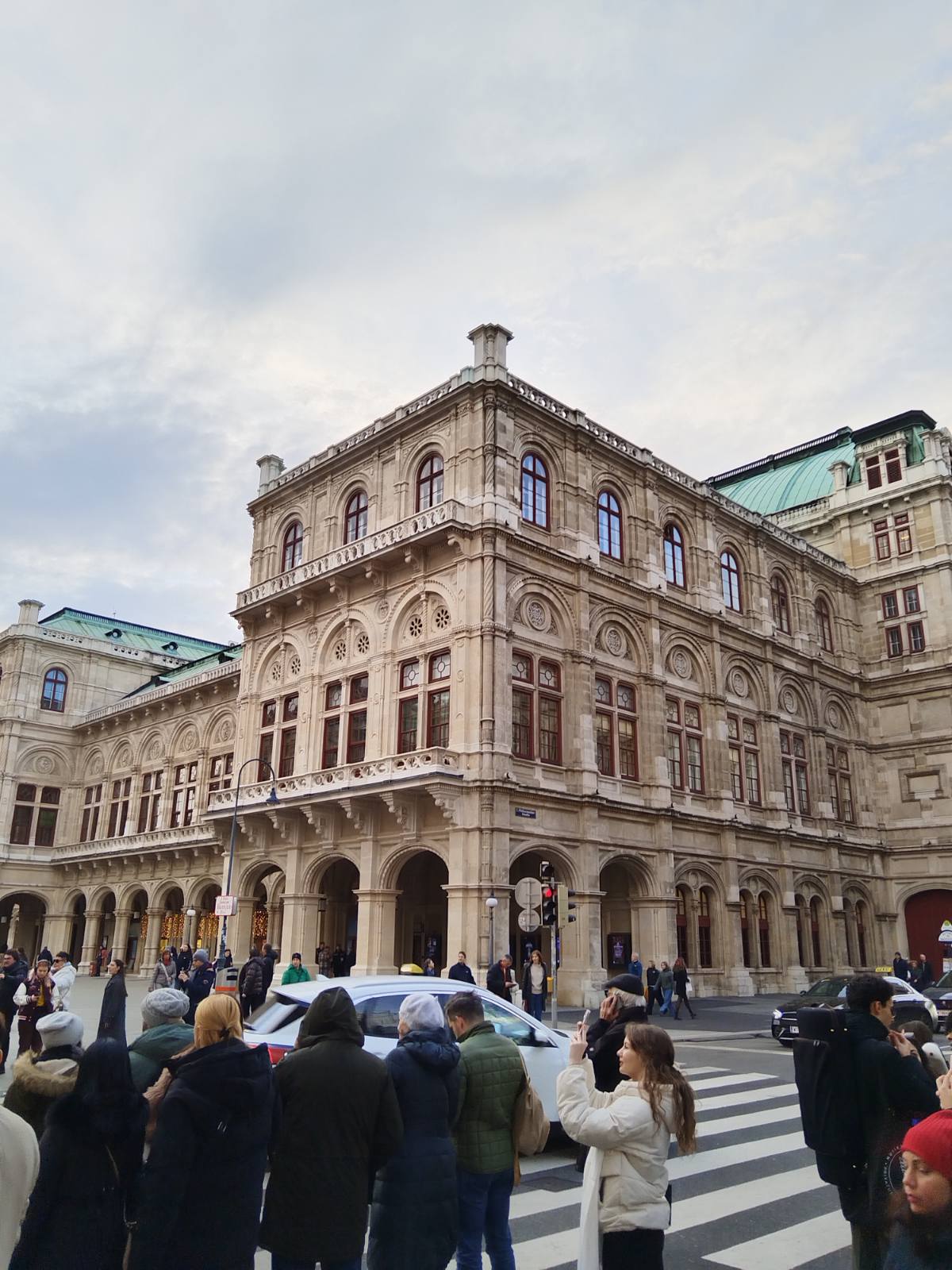
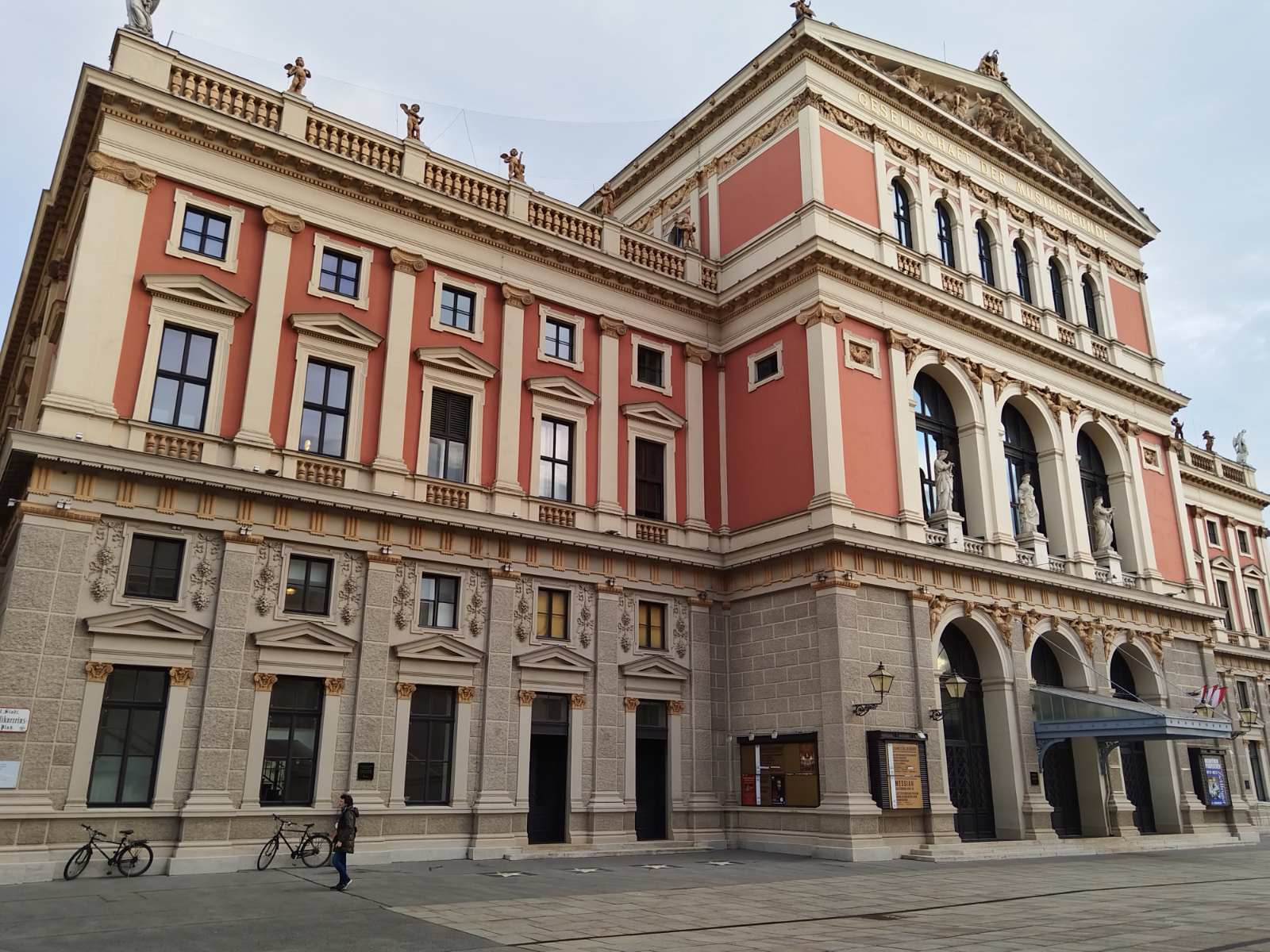
Vienna, the capital of Austria, has exuded elegance and sophistication for centuries, which is best reflected in its architecture and urban planning. Throughout history, the city has been the cultural and political center of Europe, and its architectural landscape tells the story of a rich heritage, carefully preserved and adapted to the modern age.
One of the first things that delight visitors to Vienna is the perfectly arranged streets. Viennese streets are wide, clean and symmetrically arranged, with carefully planned rows of trees that provide a sense of harmony and peace. Their elegance comes not only from the urban plan, but also from the historical significance that each of them carries.
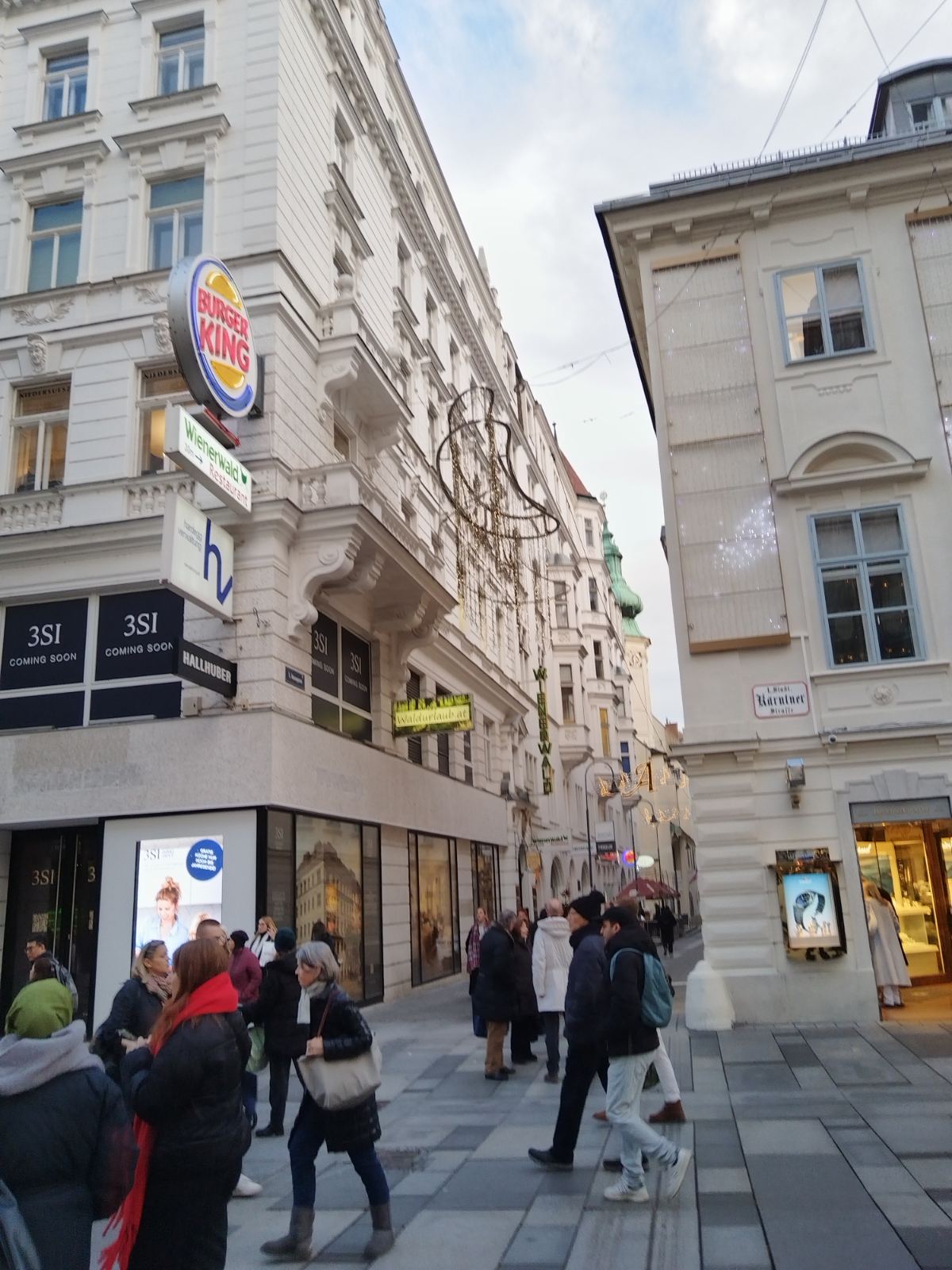
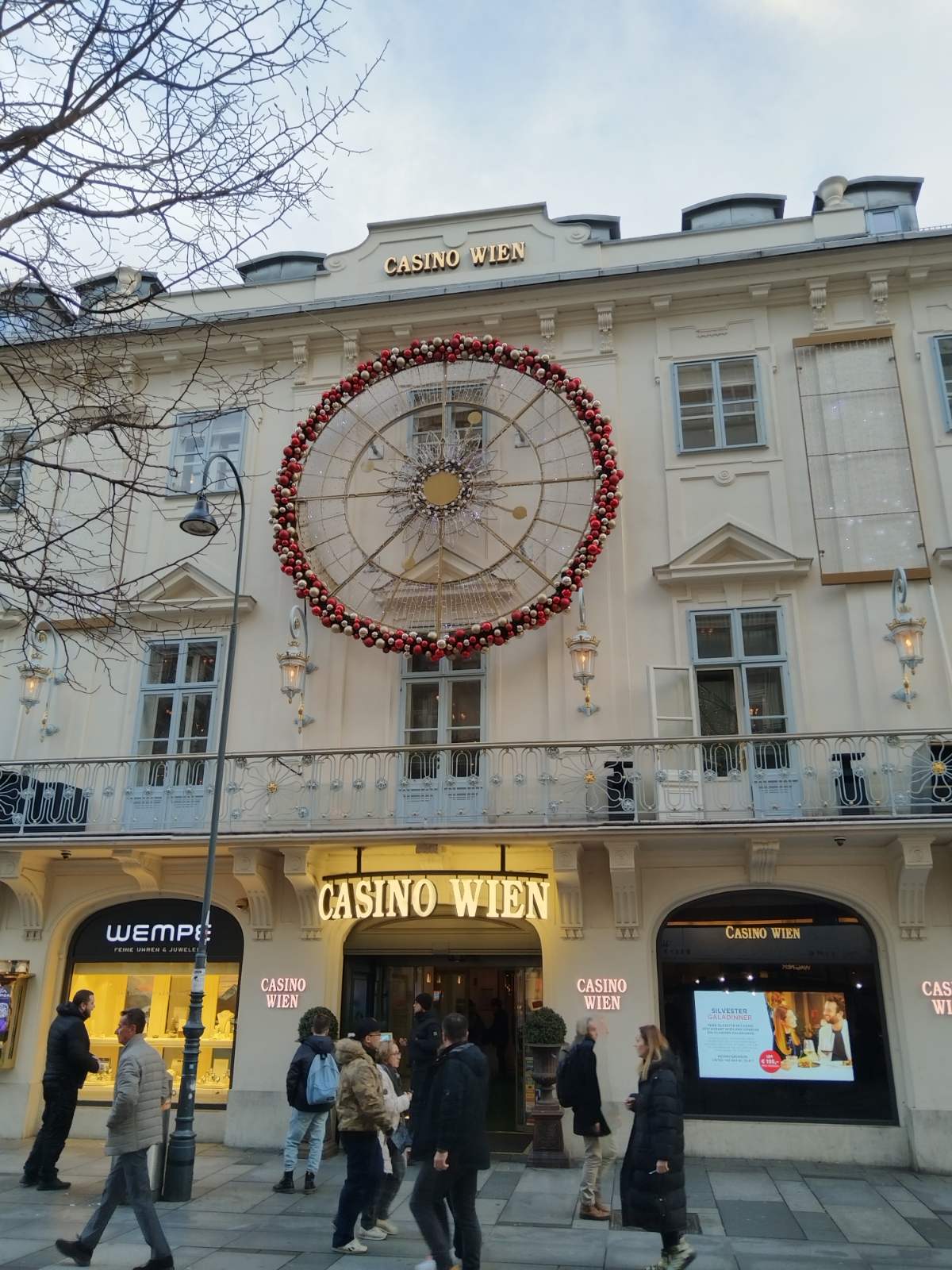
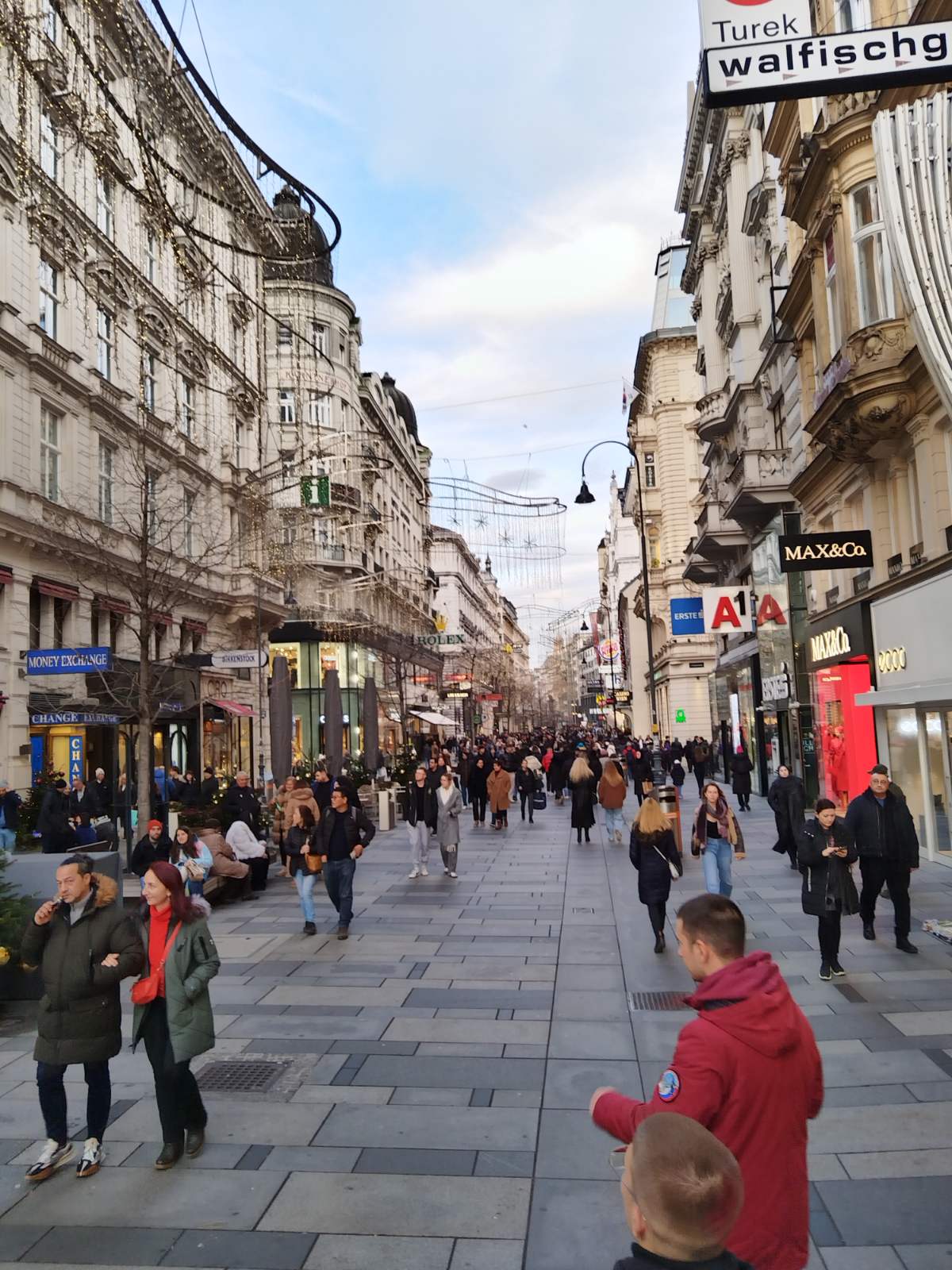
Vienna's most famous street, the Ringstraße, is a masterpiece of 19th-century urbanism. This magnificent circular avenue, built on the site of the former city walls, surrounds the city center and connects the most important sights of Vienna. Along the Ringstrasse there are magnificent buildings in the neoclassical style, including the Opera House, the Parliament and the Museum of Natural History, which gives this street a special monumentality.
The narrow streets in the old part of the city, such as those around Stefansplatz, have a special charm, where the medieval spirit and modern atmosphere mix. These streets are paved with cobblestones and decorated with the windows of luxury shops, art galleries and traditional cafes - the must-see Viennese "cafés".
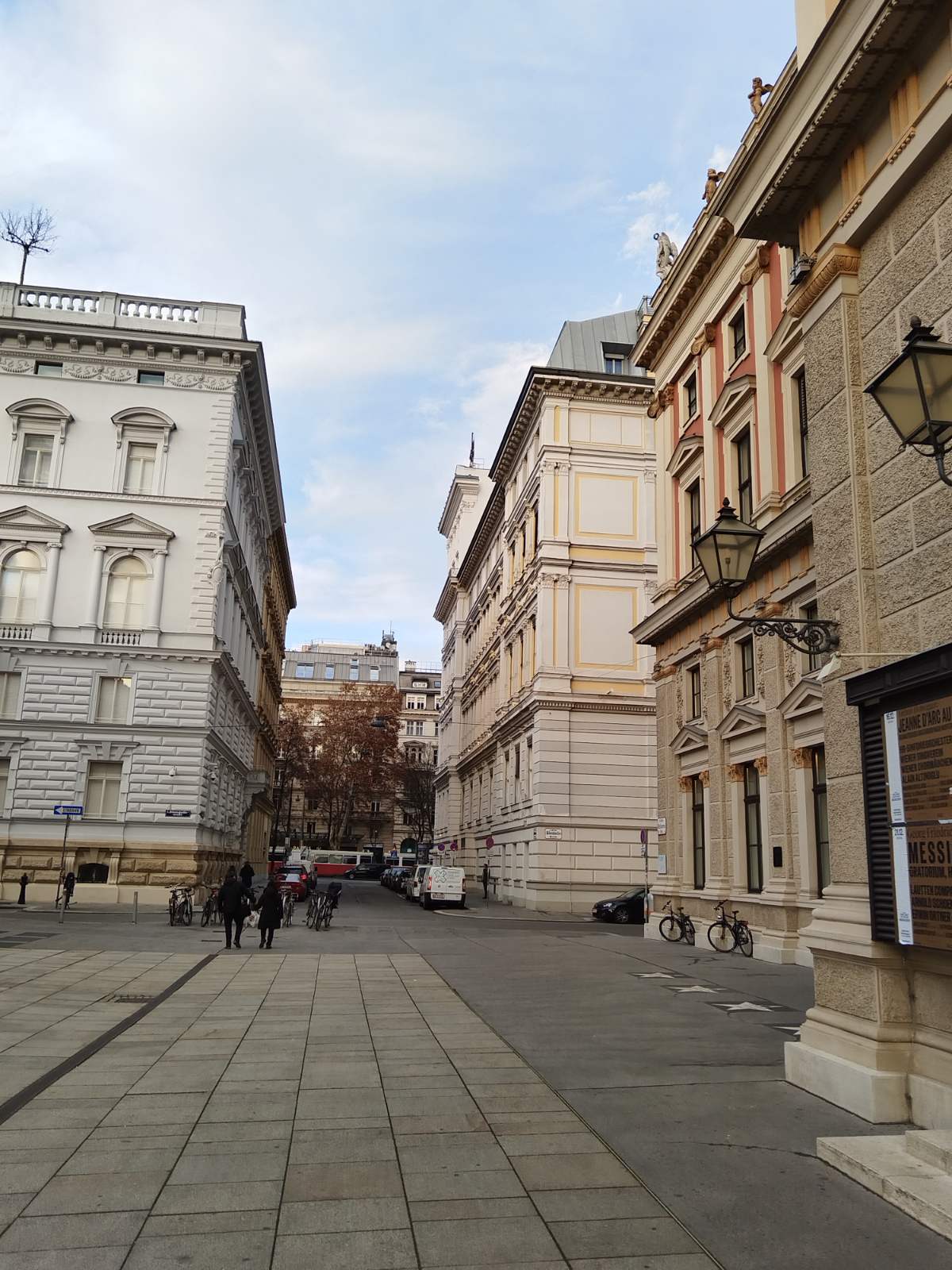
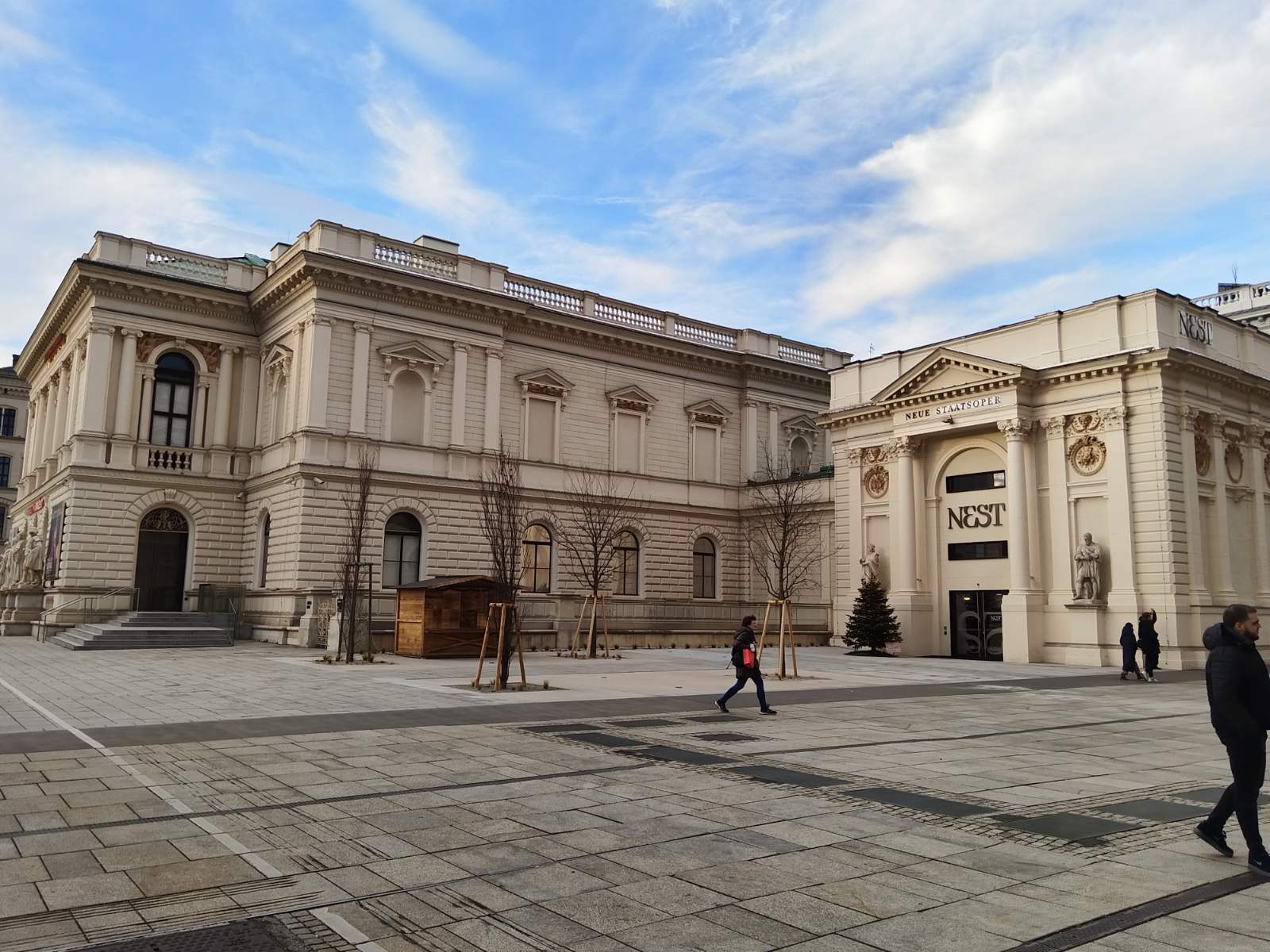
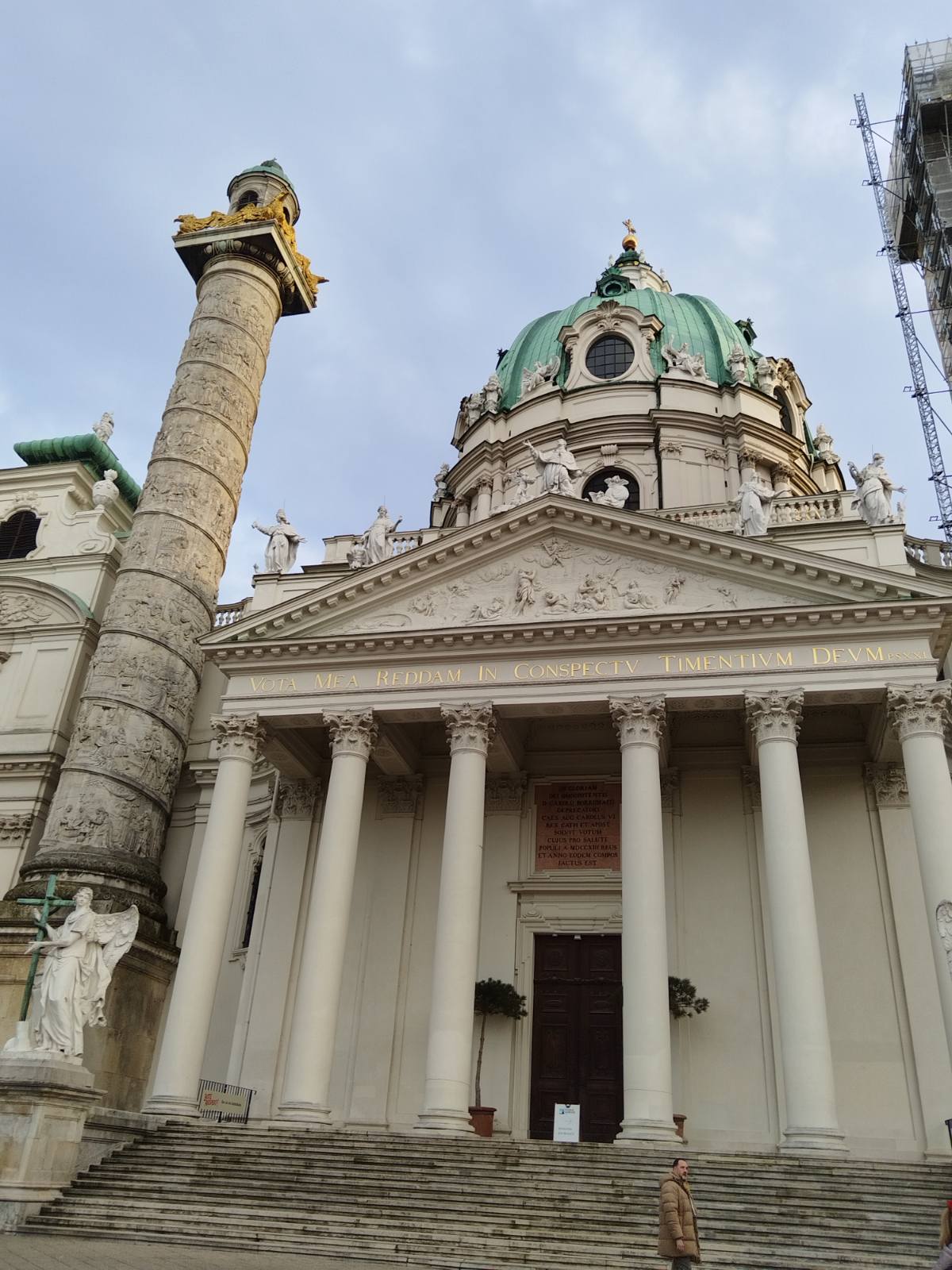
Vienna is also known for its squares, which are true gems of urban architecture. Each of them has its own character, but they all share a common thread - providing a feeling of openness and warmth.
One of the most impressive squares is certainly Stefansplatz, where the symbol of the city is located - St. Stephen's Cathedral. This square is the heart of Vienna, constantly filled with the energy of tourists, locals and artists who make it a colorful and dynamic place.
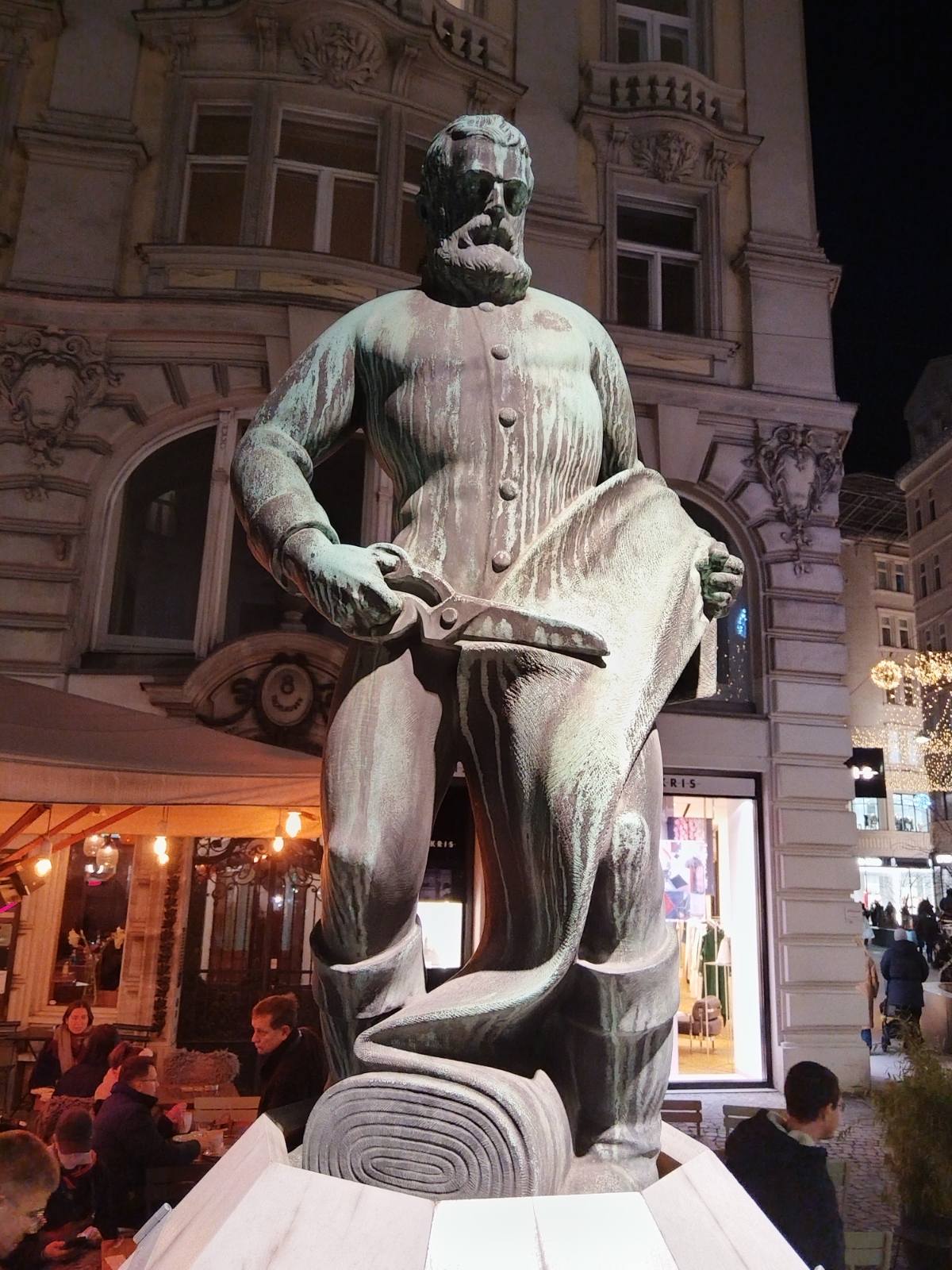
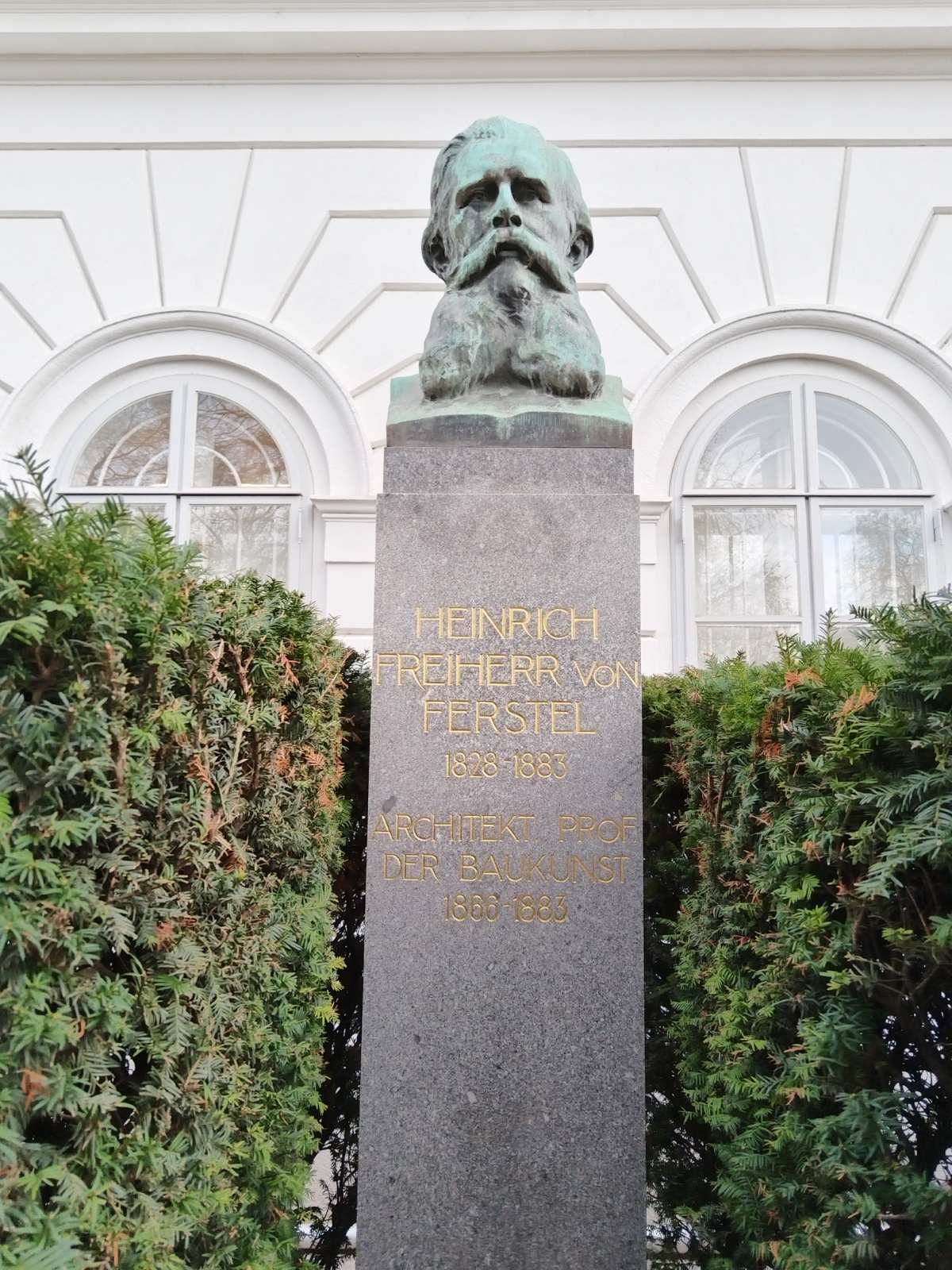
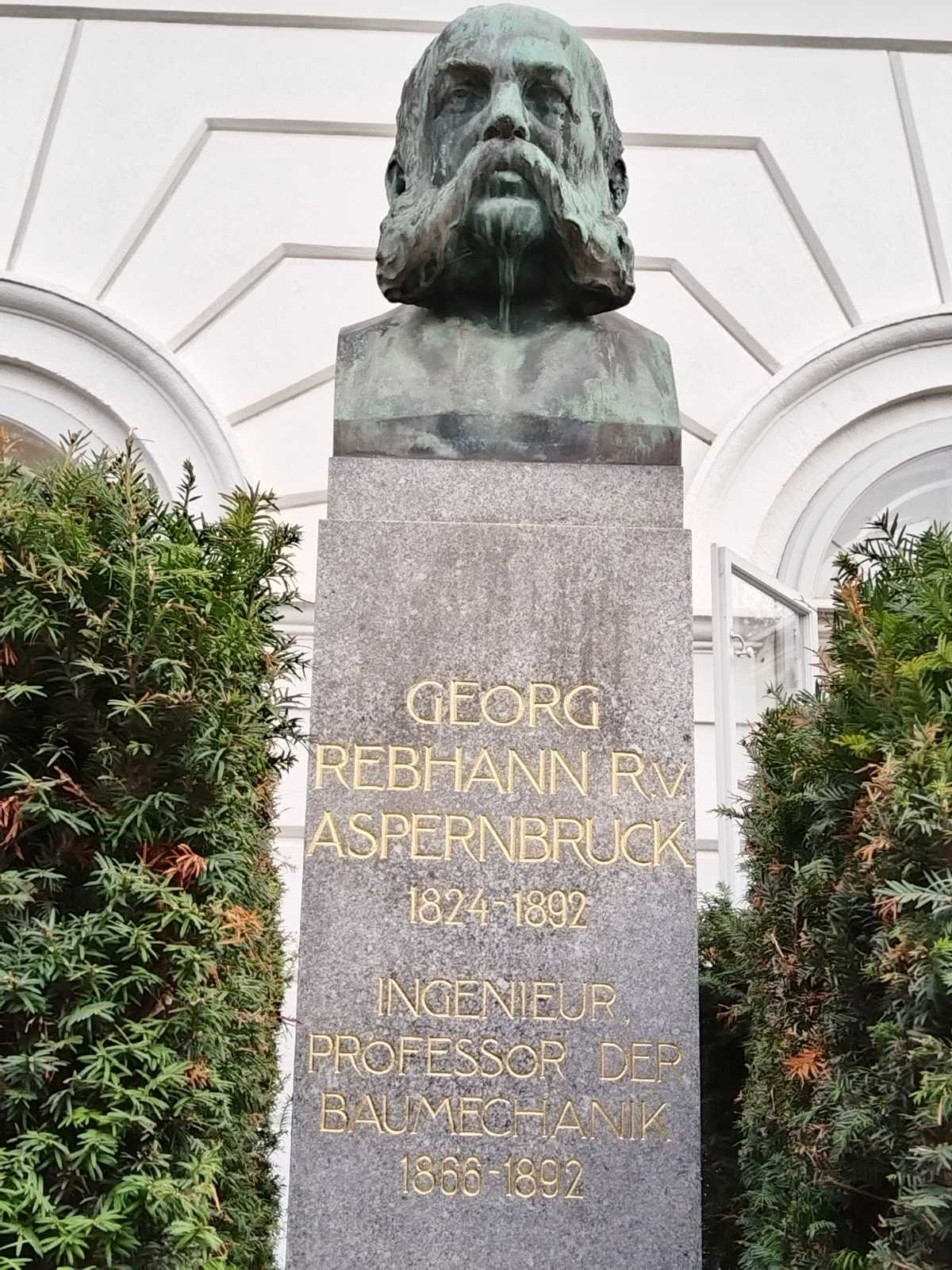
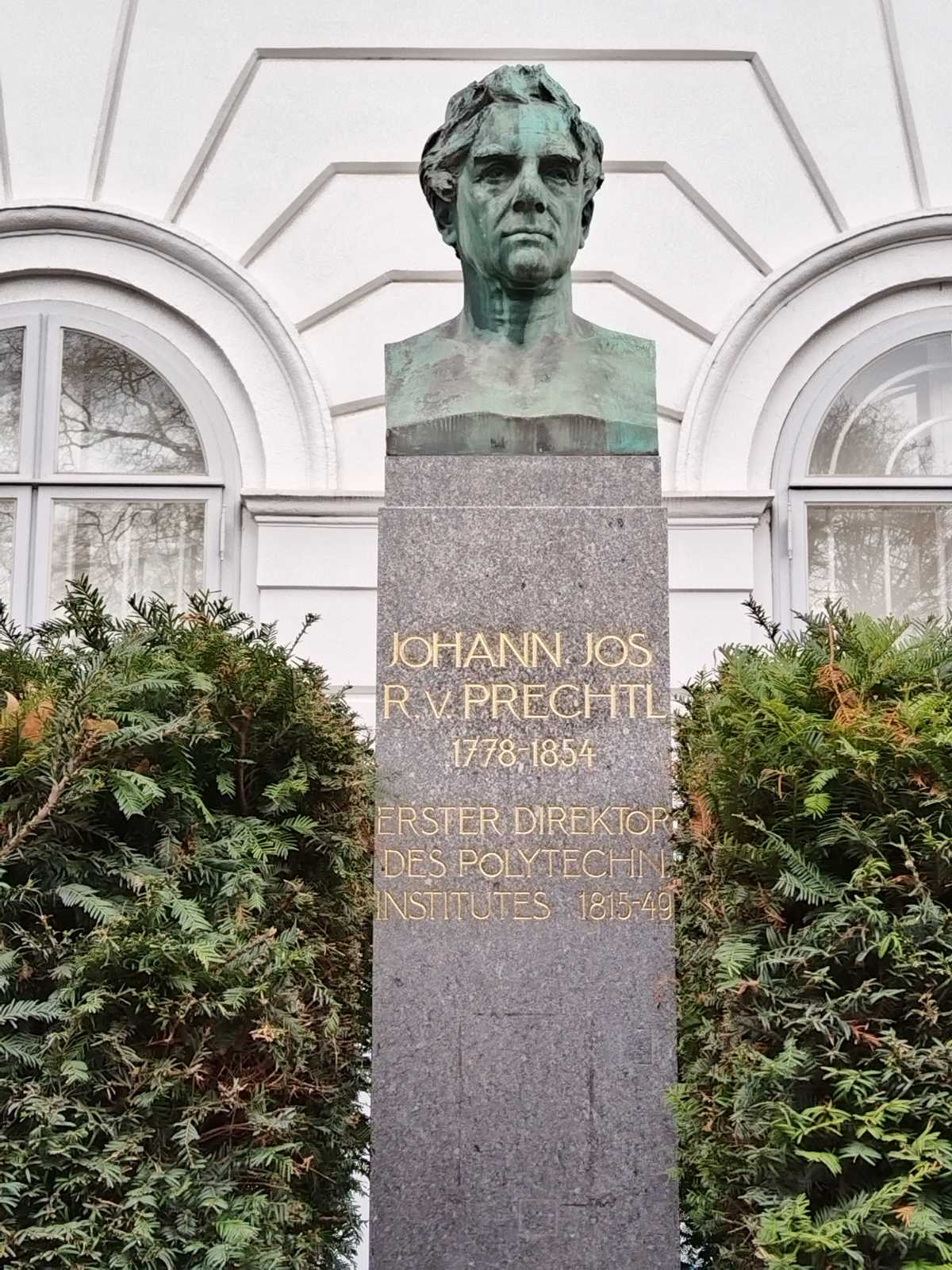
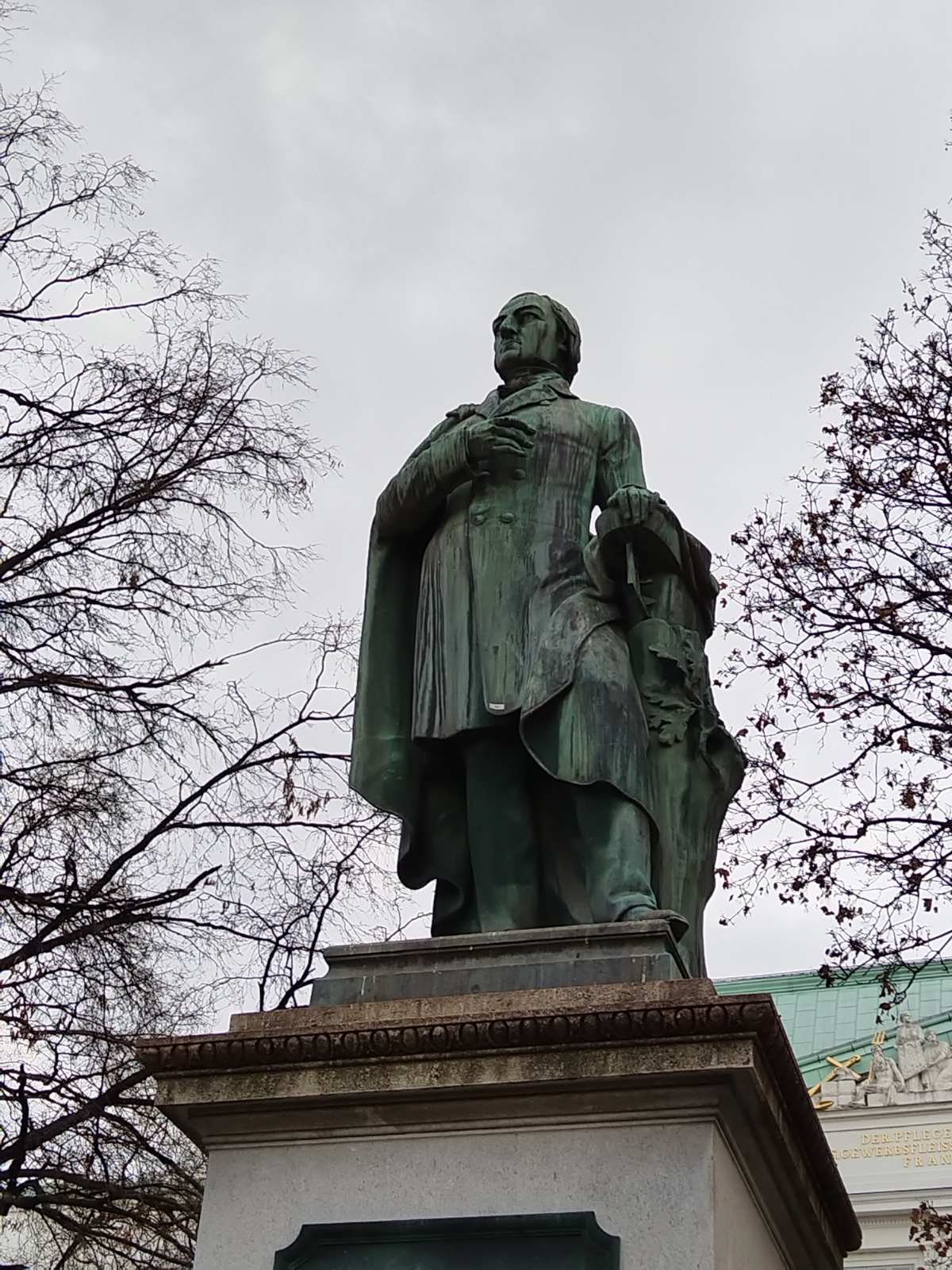
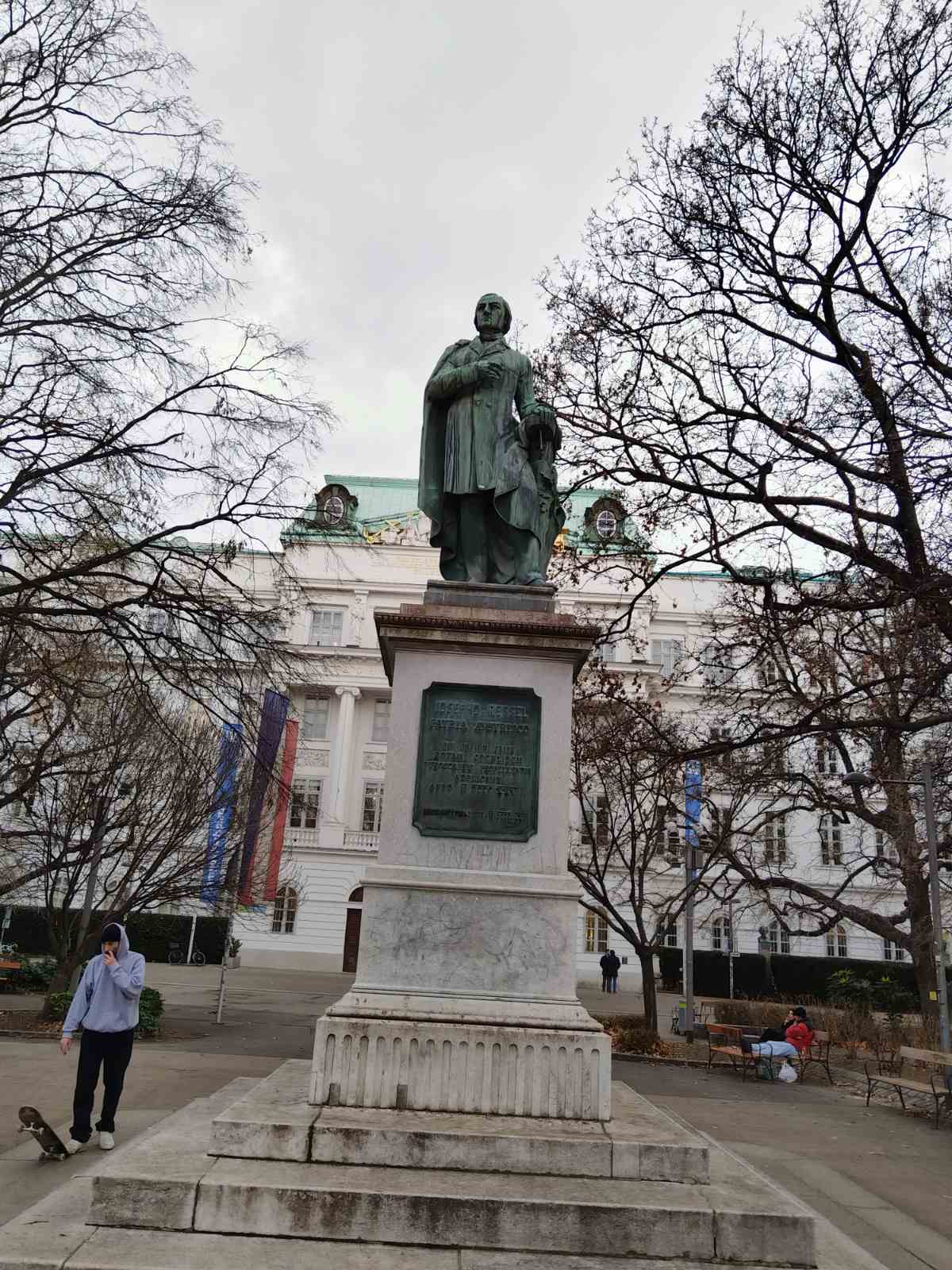
On the other side of the city, Maria-Theresien-Platz exudes serenity and grandeur. Surrounded by monumental buildings of the Museum of Natural History and History and Art, this square represents a combination of classical architecture and spacious green areas. Its symmetry and gardens with carefully tended flower arrangements attract visitors who want to enjoy silence and aesthetics.
Less well-known but equally magical squares spread through Vienna, such as Am Hof or Freyung, where the spirit of history exudes from every stone. These squares often host various events, from Christmas markets to art exhibitions, making them meeting places of tradition and modern life.
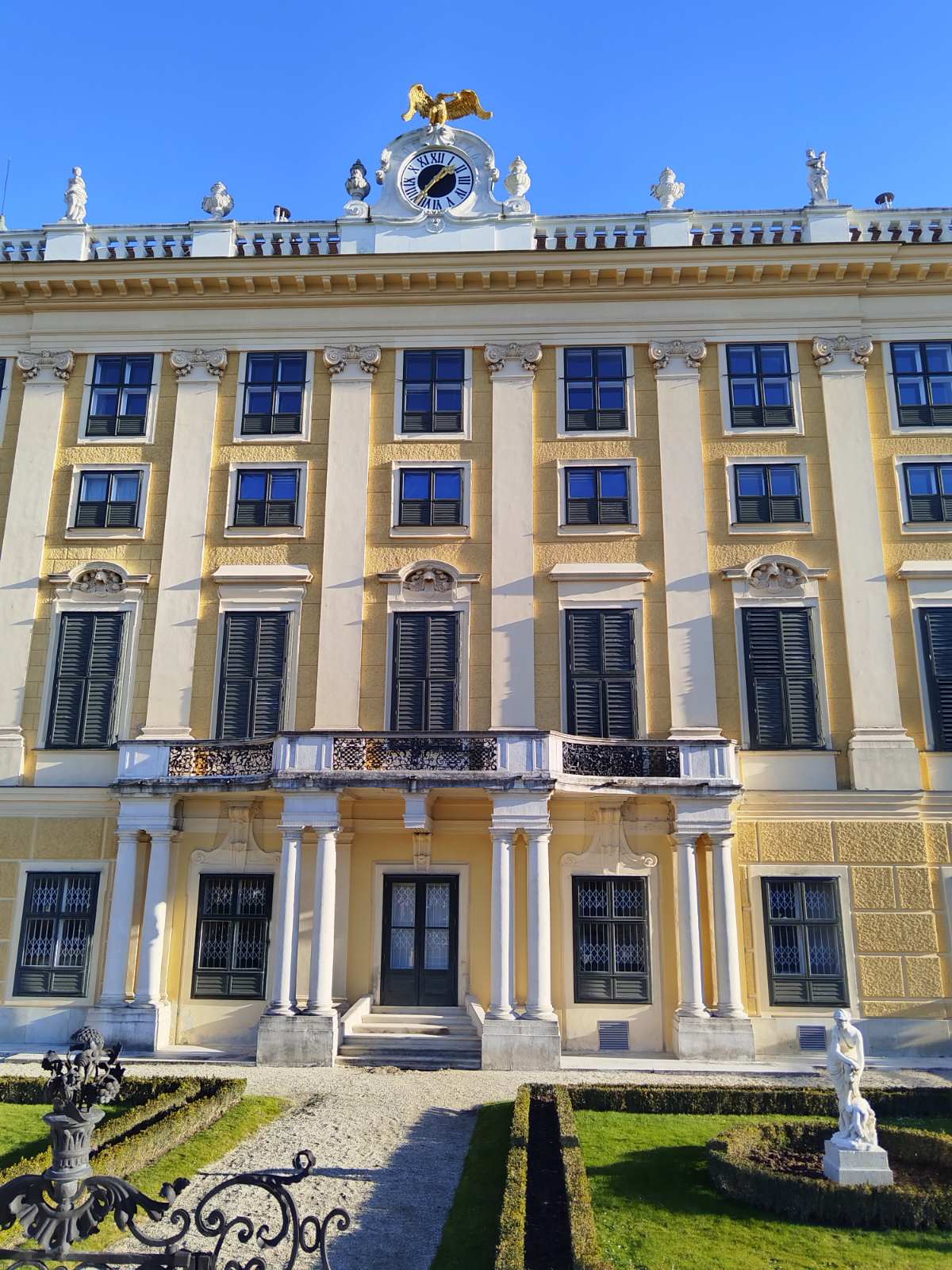
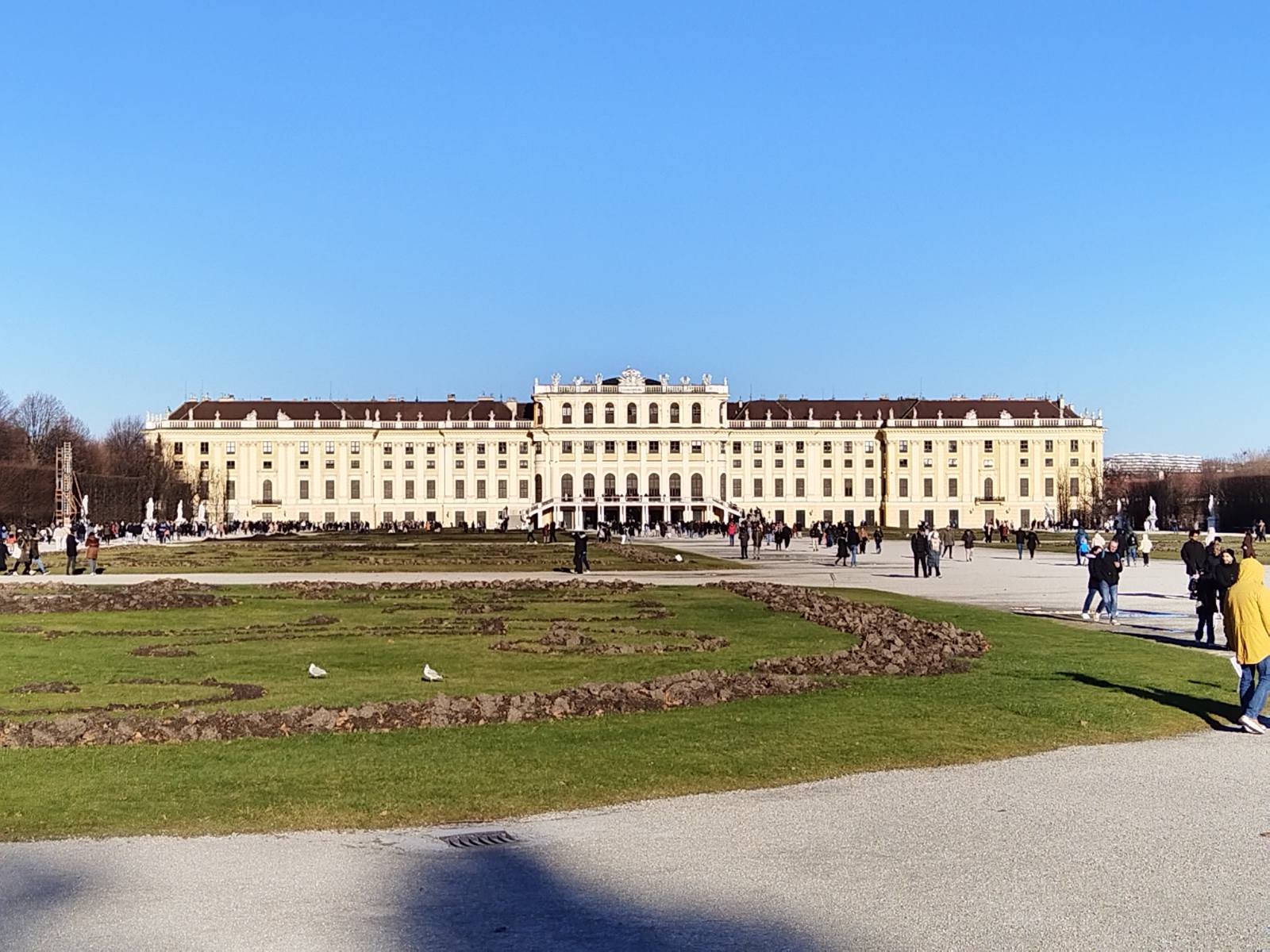
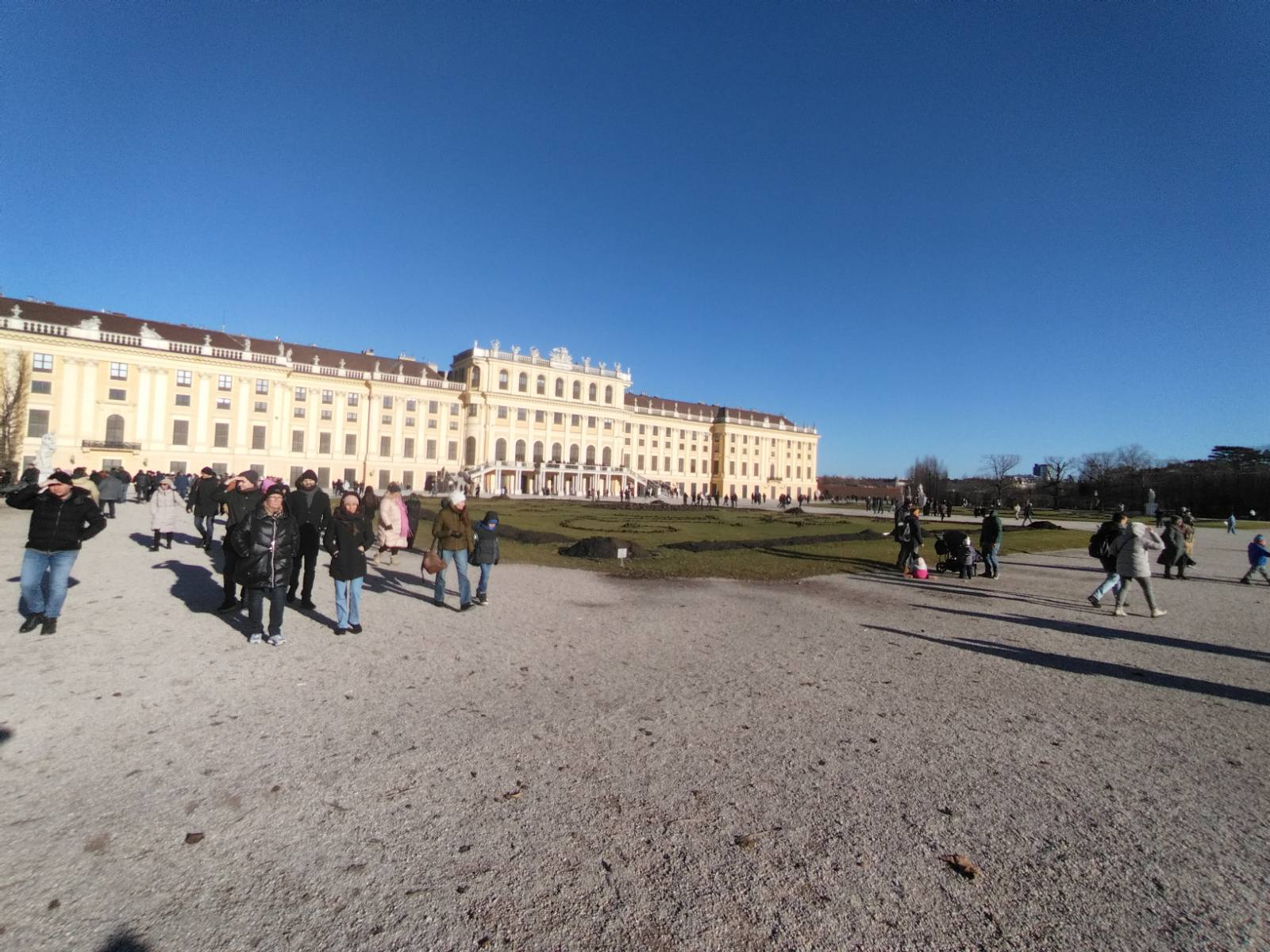
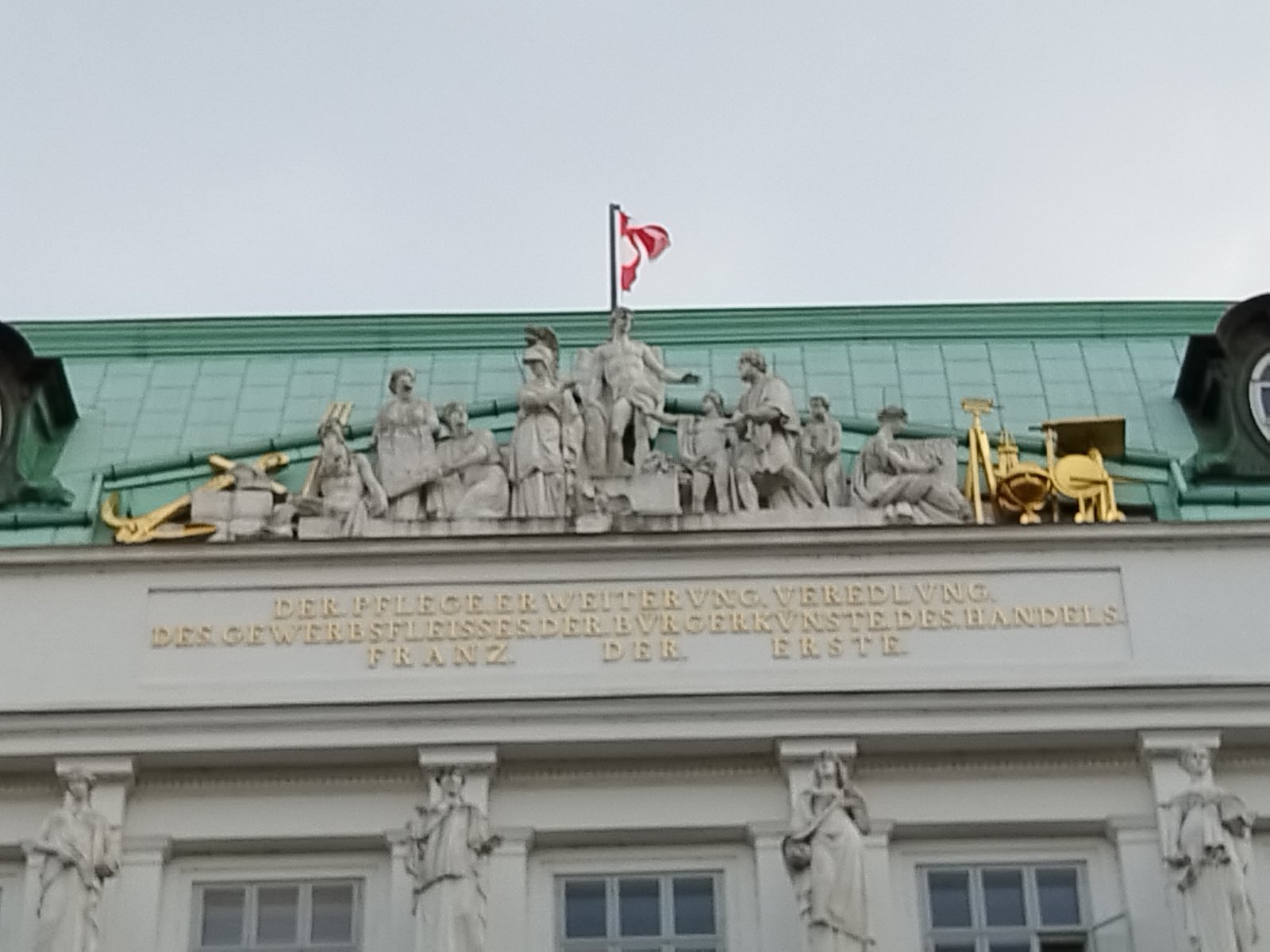
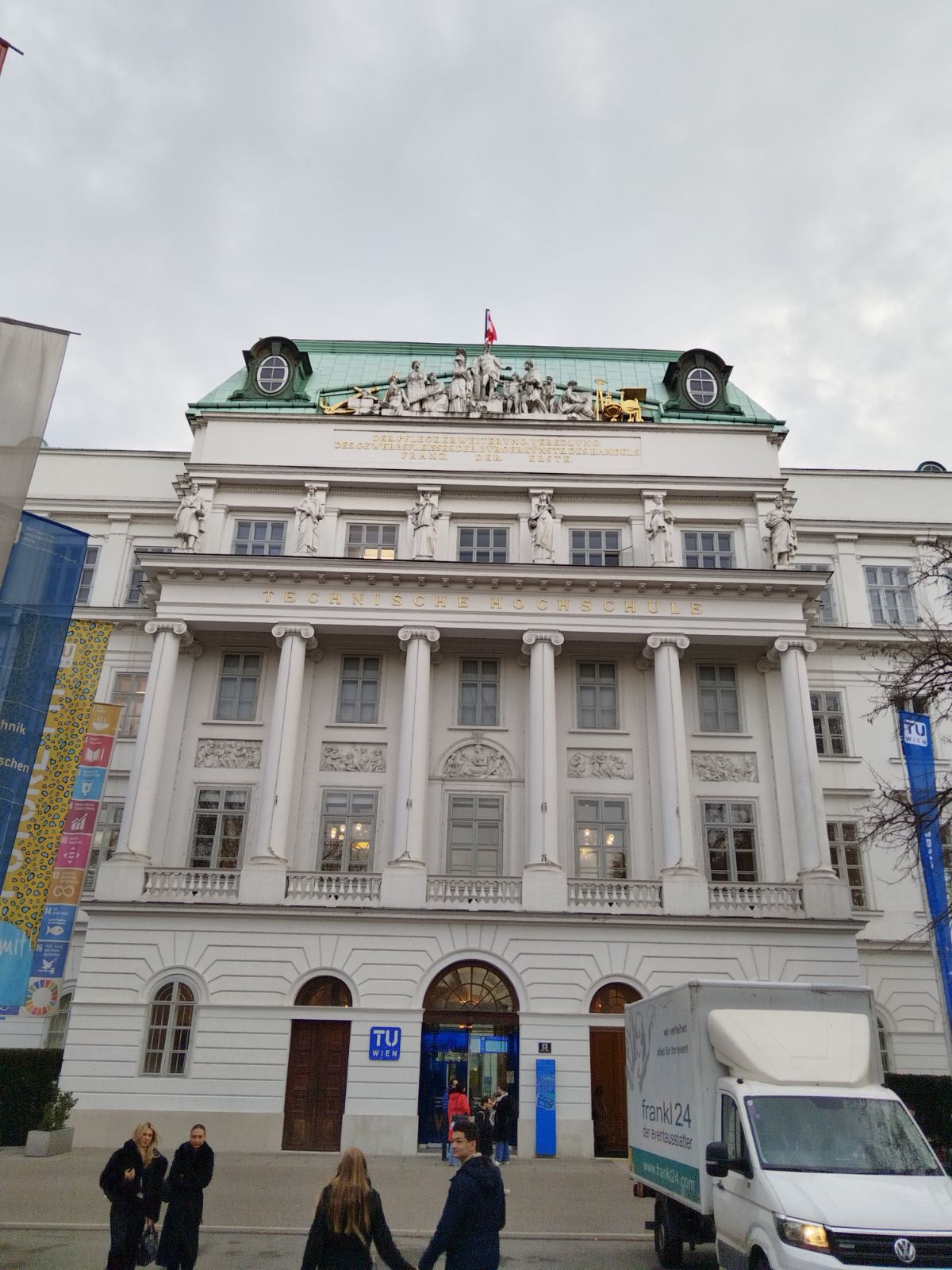
Vienna, as a city of rich history and cultural heritage, is not only known for its streets and squares, but also for the architectural gems that adorn its urban fabric. Palaces, buildings of exceptional beauty, and styles that have shaped the city over the centuries make Vienna one of the most impressive European capitals.
When we talk about the architecture of Vienna, its palaces, which bear witness to the power and influence of the former Habsburg monarchy, are inevitably in the center of attention. Each of them represents a special architectural style and a story from the era when Vienna was the heart of the empire.
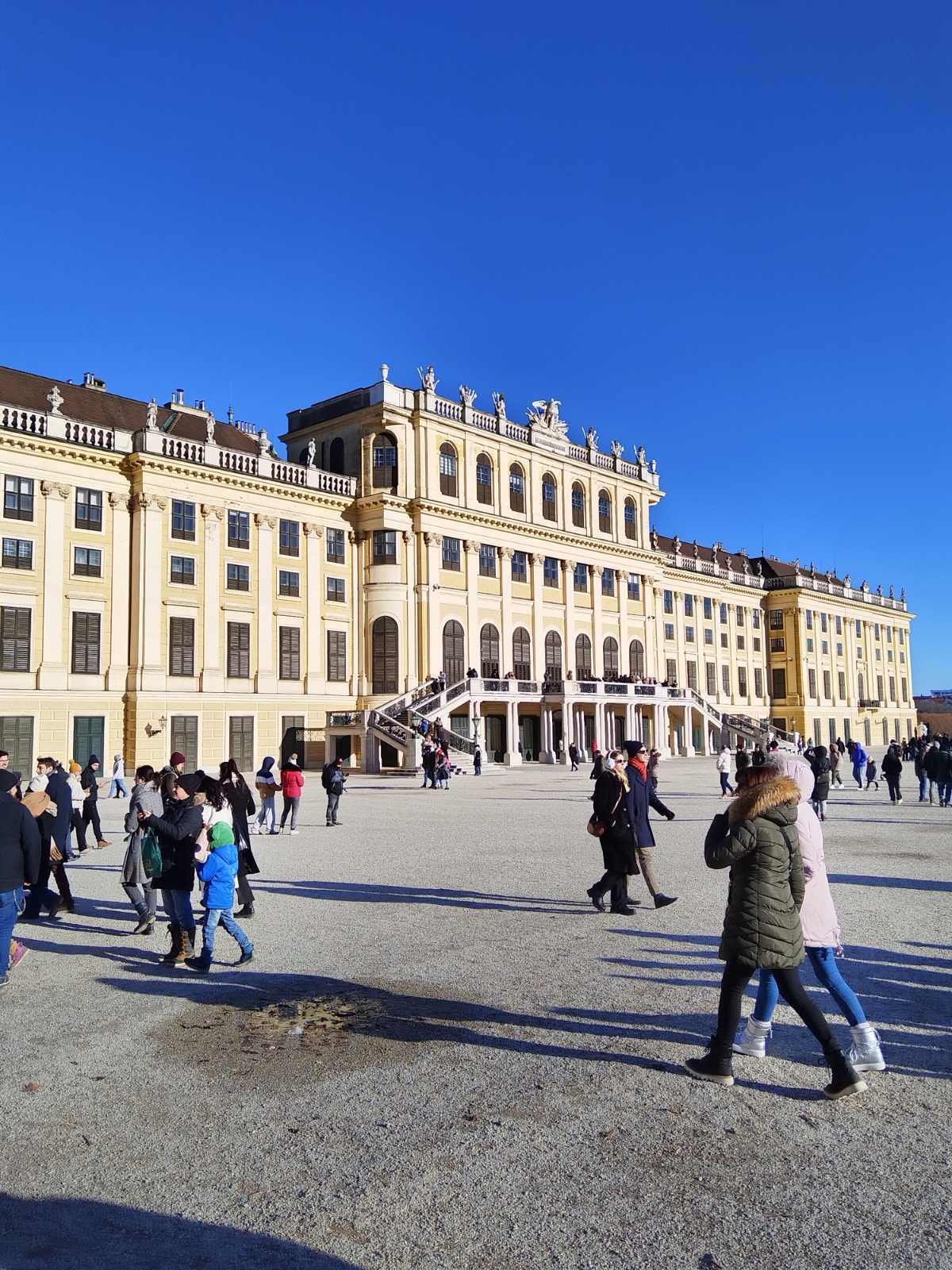
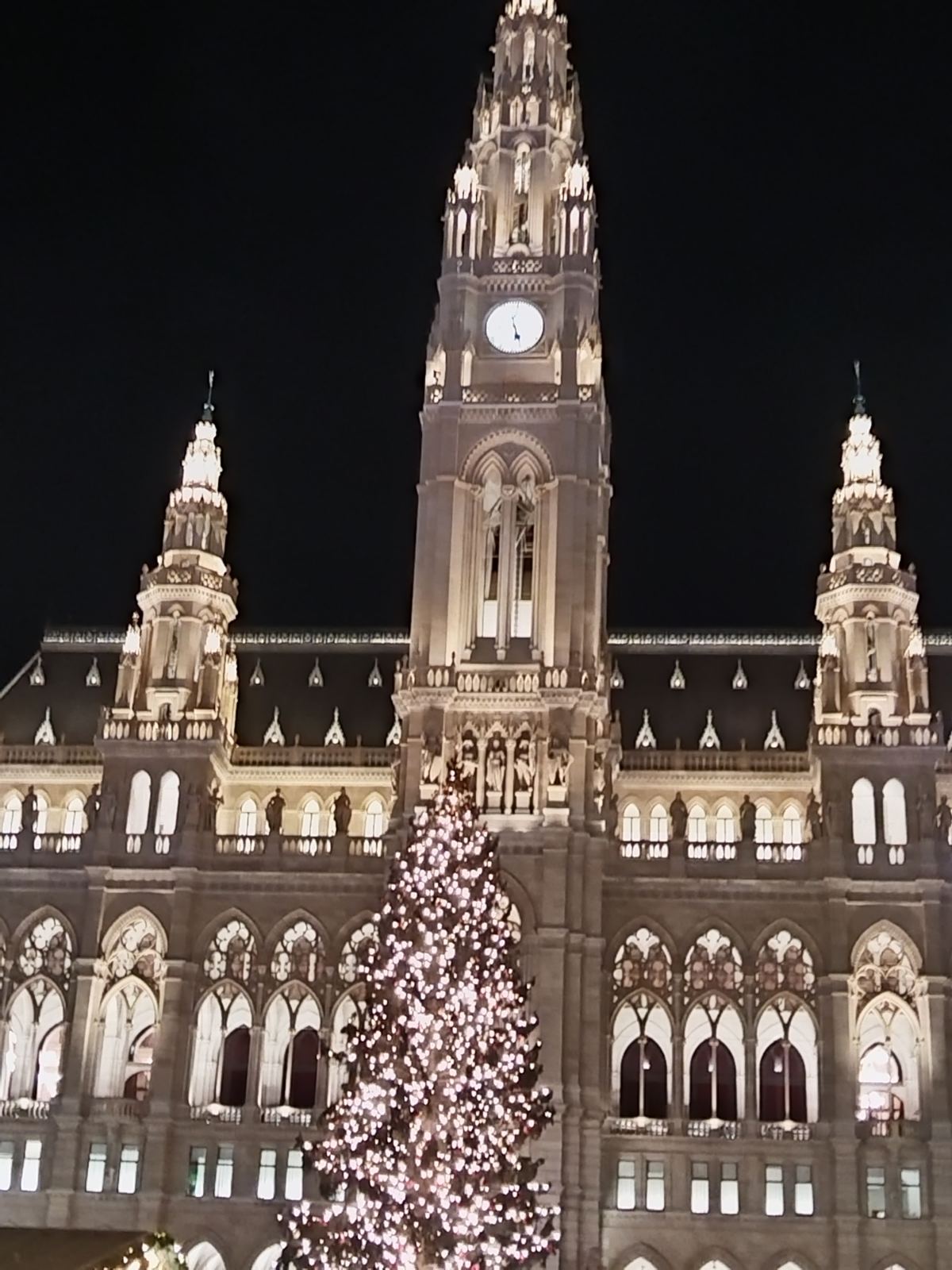
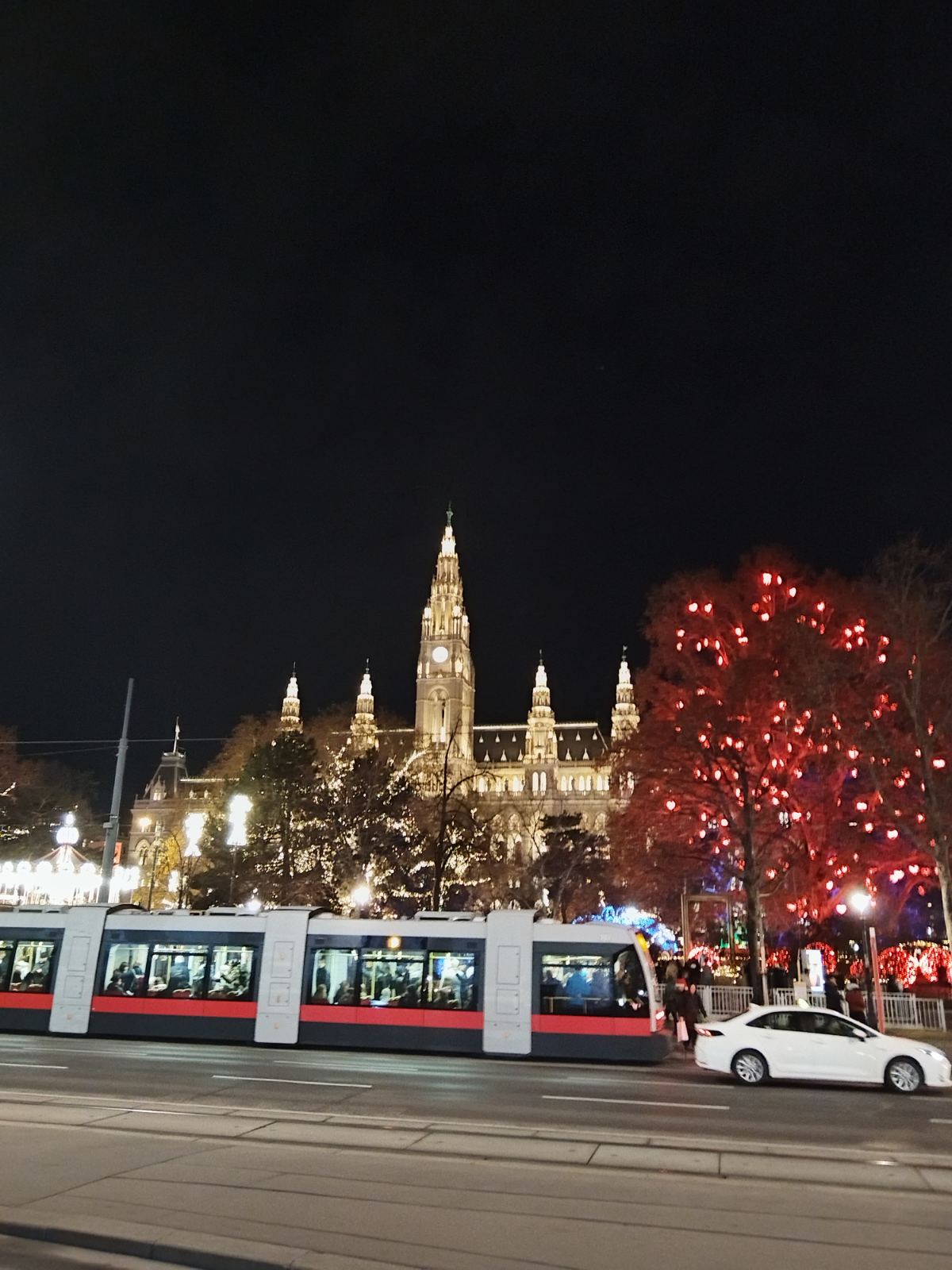
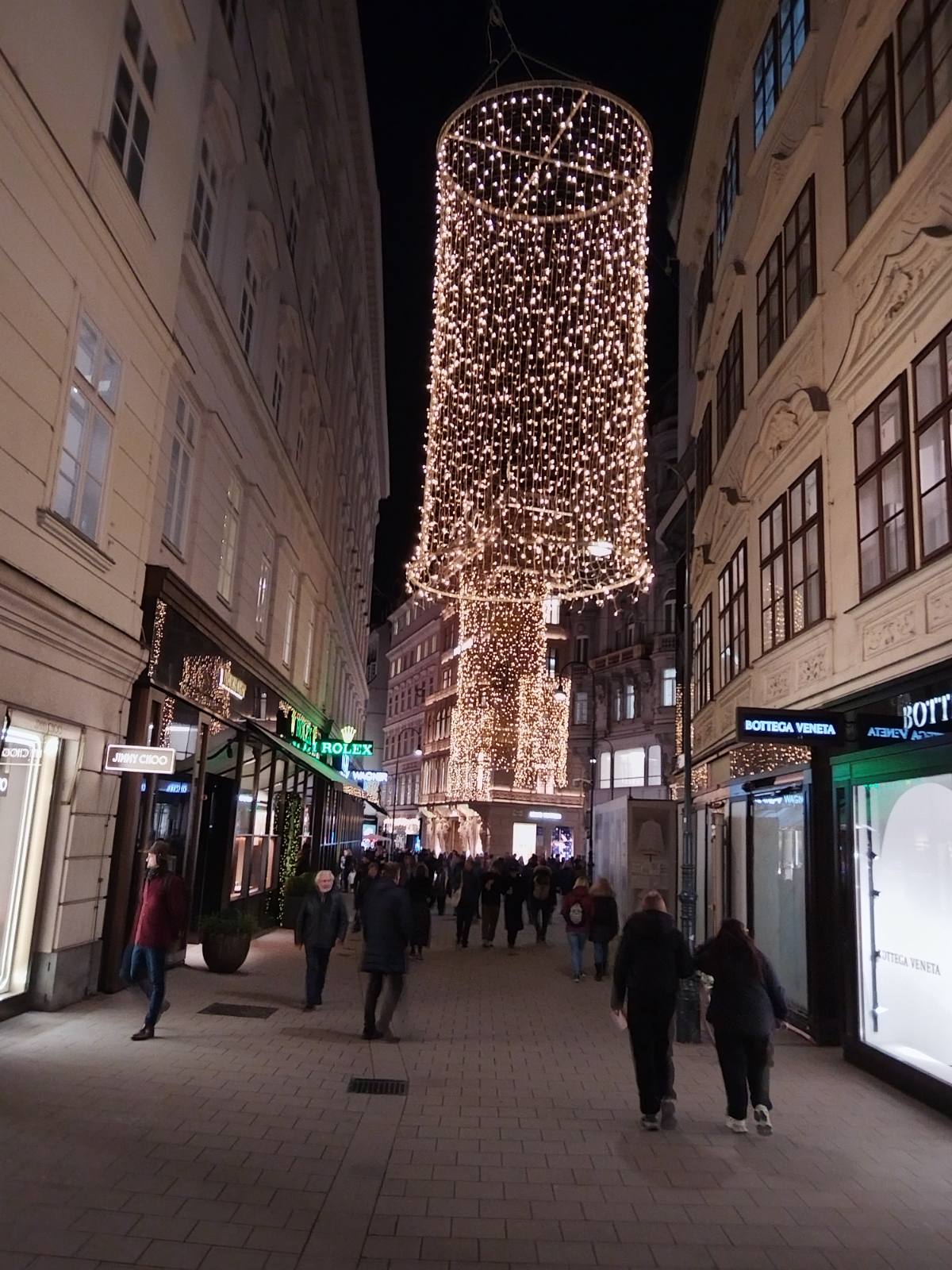
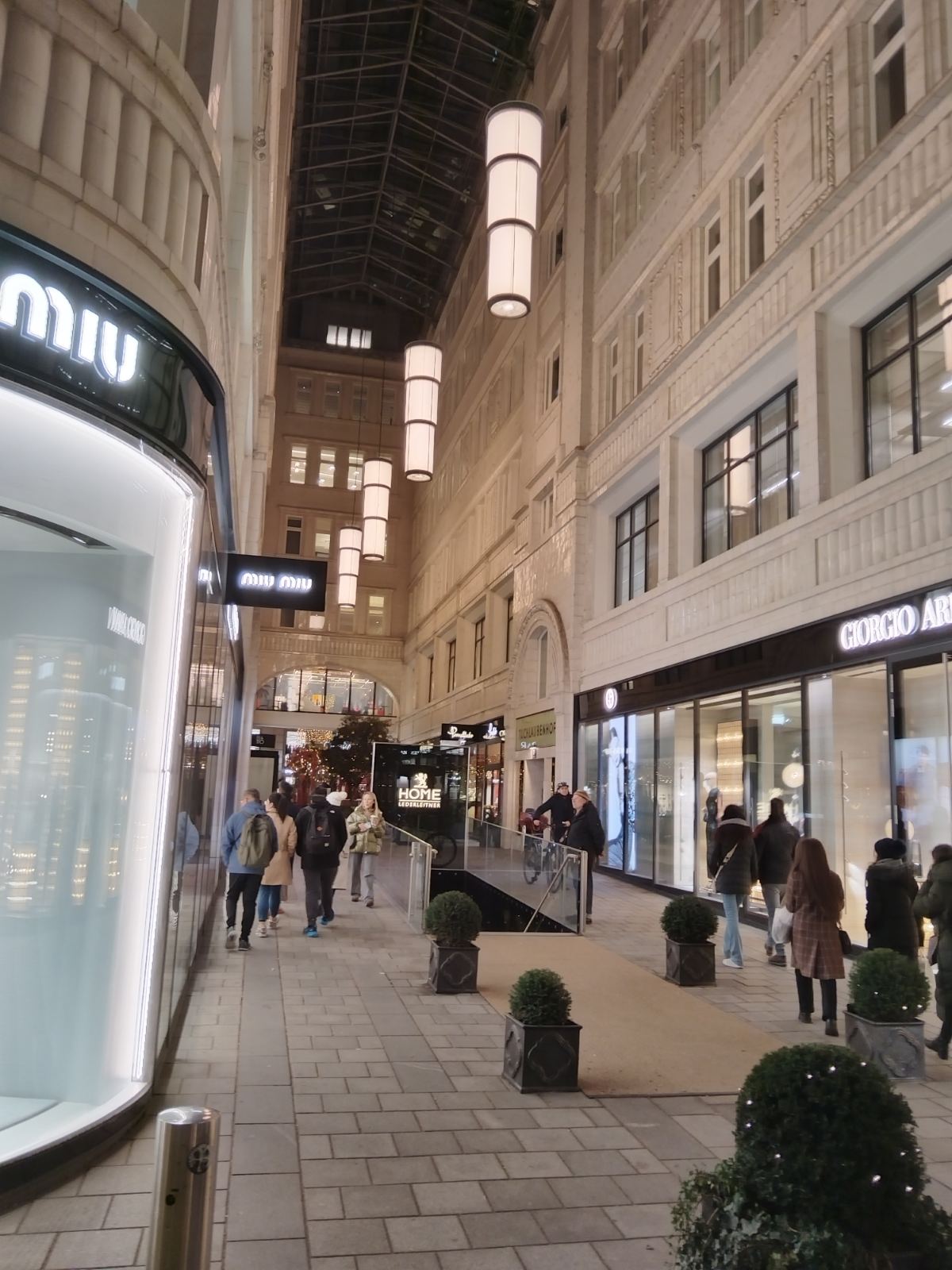
The Belvedere Palace, a masterpiece of Baroque architecture, was built in the early 18th century as the summer residence of Prince Eugene of Savoy. The complex consists of Upper and Lower Belvedere, connected by spacious gardens decorated in French style, with fountains, sculptures and geometric flower arrangements.
The Upper Belvedere, with its imposing columns and richly decorated facade, attracts attention from both the outside and the inside. Today, this building is home to one of the most important art collections in Austria, including the famous Klimt painting "The Kiss", further attracting art lovers from around the world.
The Hofburg Palace, located in the very heart of Vienna, was the political center of the Habsburg dynasty for centuries. This grandiose complex, which covers over 240,000 square meters, includes buildings of various styles, from Gothic and Renaissance to Baroque and Classicism.
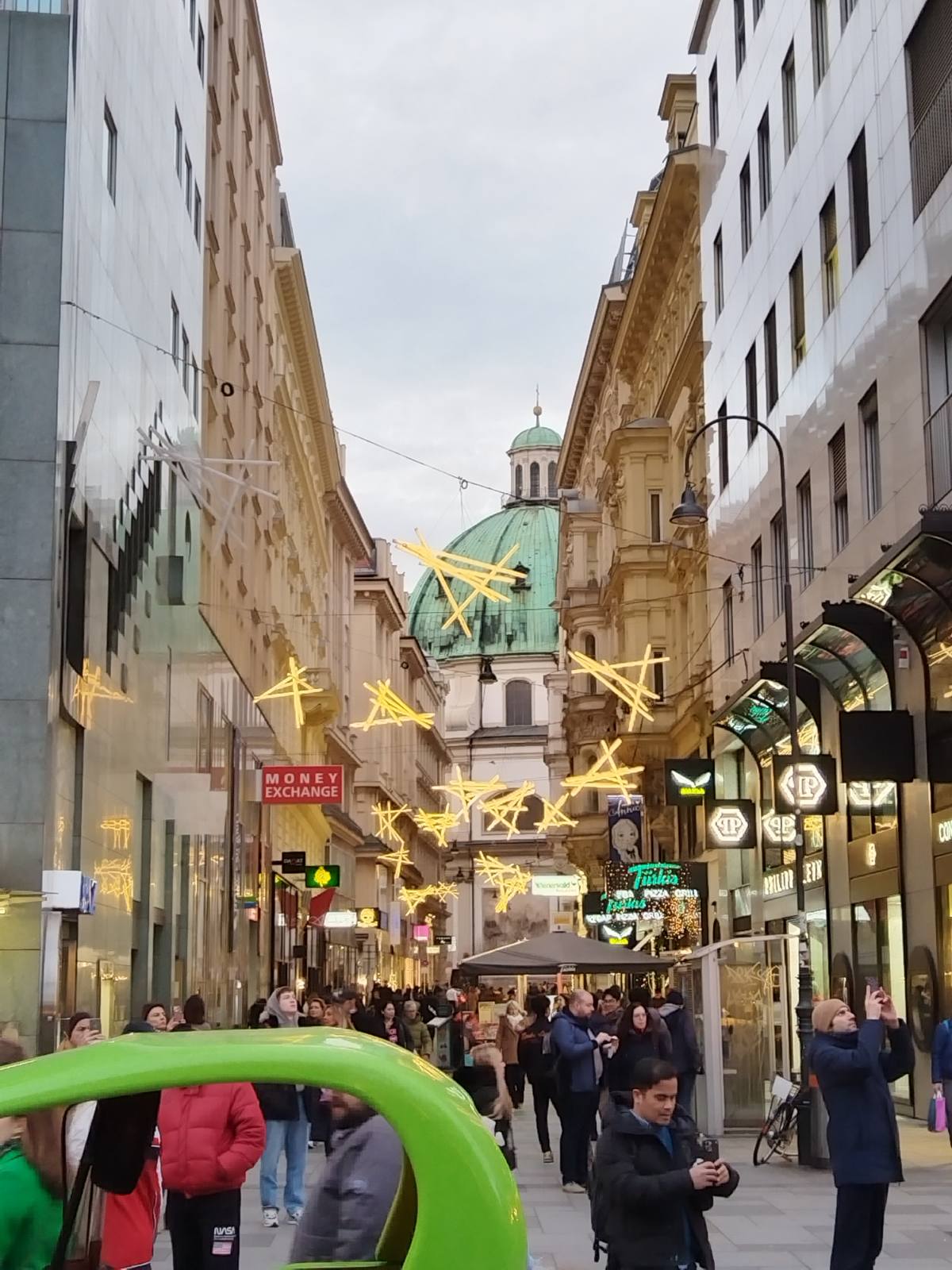
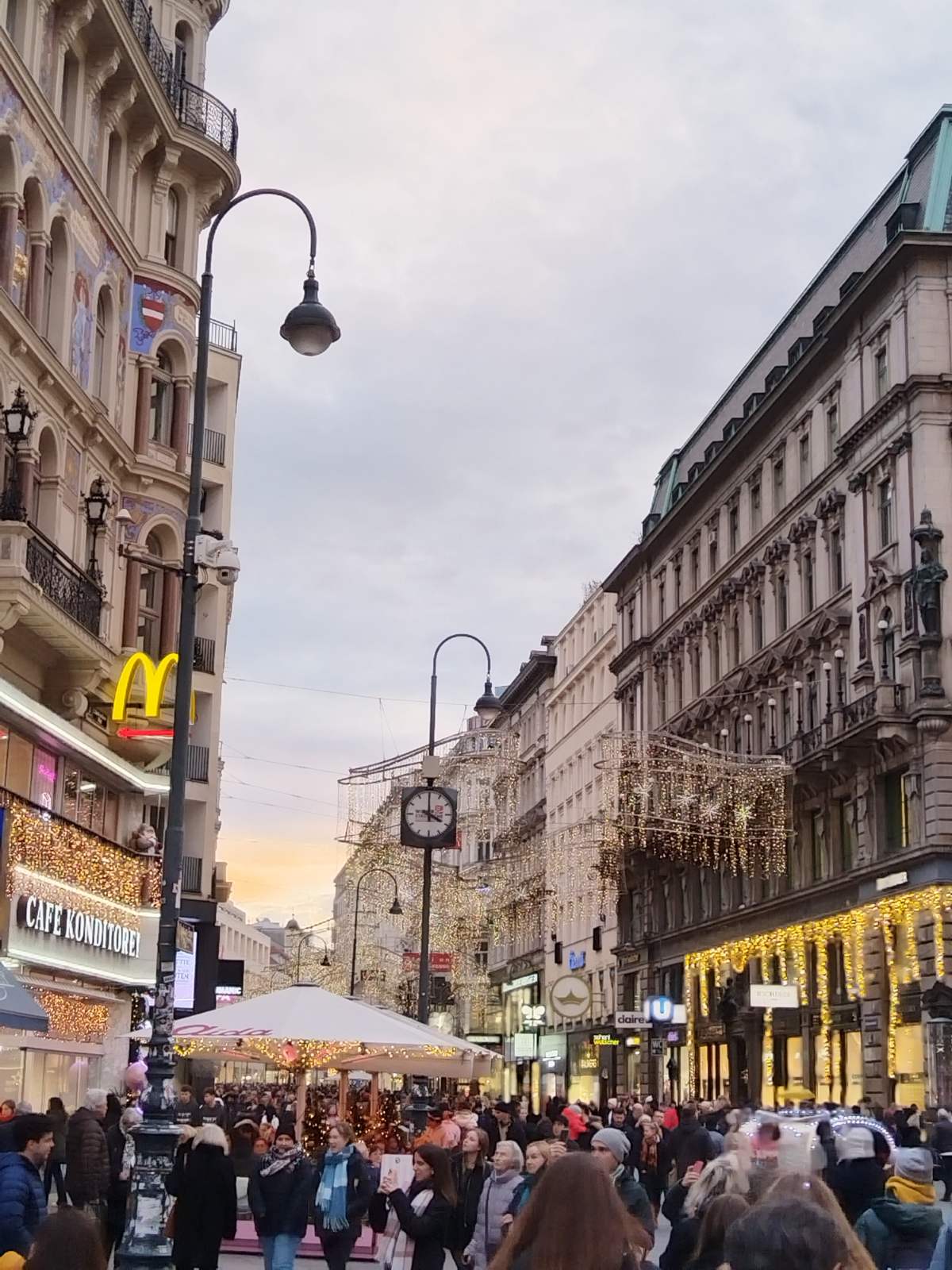
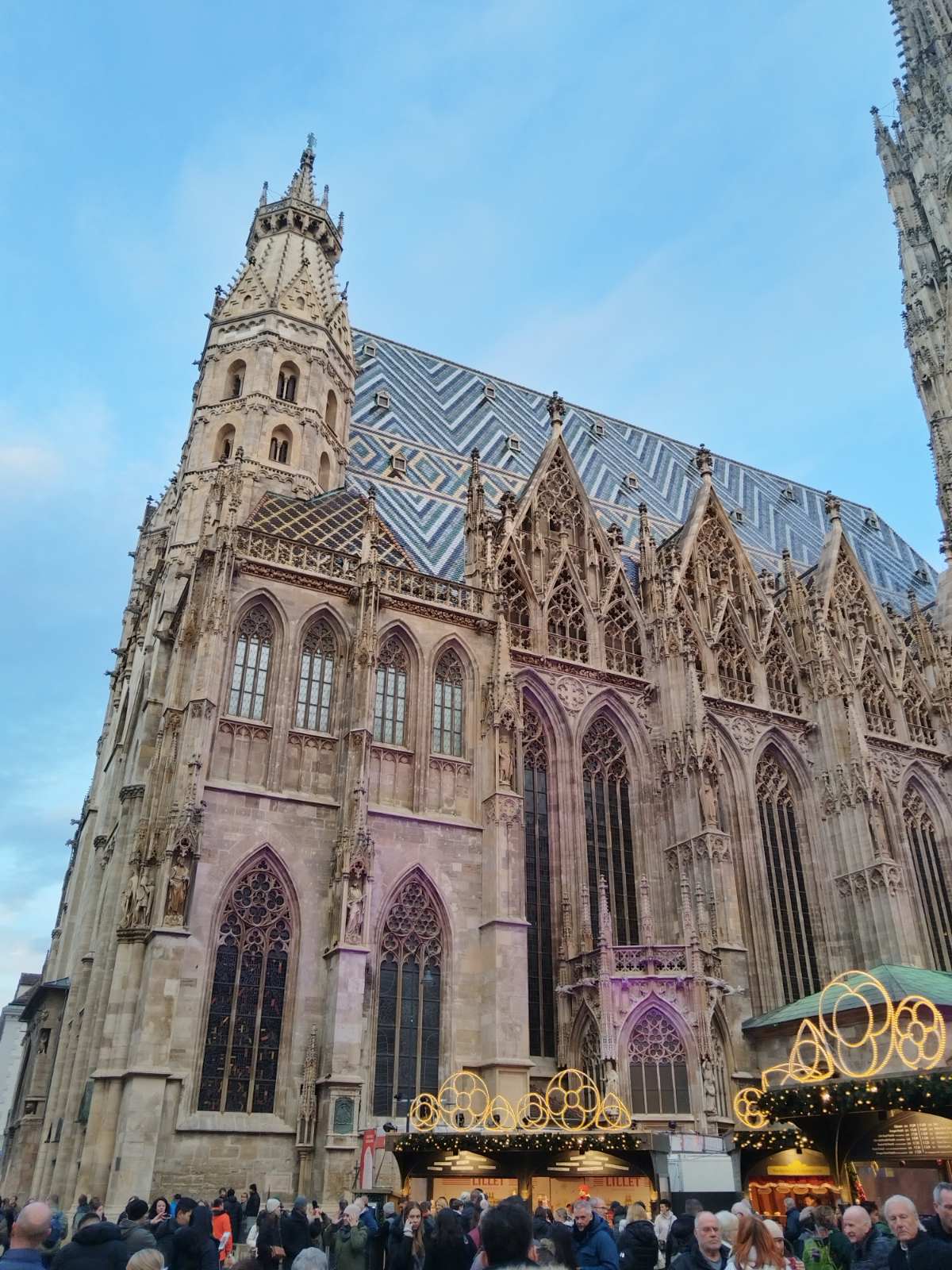
The most famous part of the Hofburg is the New Hofburg, with its curved facade and magnificent entrance. Today, it houses the Austrian National Library, the Imperial Treasury and museums that preserve the treasures of the Imperial era. In front of the palace is the Heldenplatz square, where historical events took place, including political speeches and ceremonial parades.
Schönbrunn Palace, the former summer residence of the Habsburgs, is one of the most important symbols of Viennese Baroque. With its 1,441 rooms, this palace represents the pinnacle of opulence and artistic mastery.
Schönbrunn is famous for its gardens, which spread over dozens of hectares, including the Great Parterre, a symmetrically arranged area with flower arrangements, fountains and the Gloriette, a monumental pavilion located on an elevation. All visitors can enjoy a beautiful view of the city from this vantage point, which further highlights the harmony between architecture and nature.
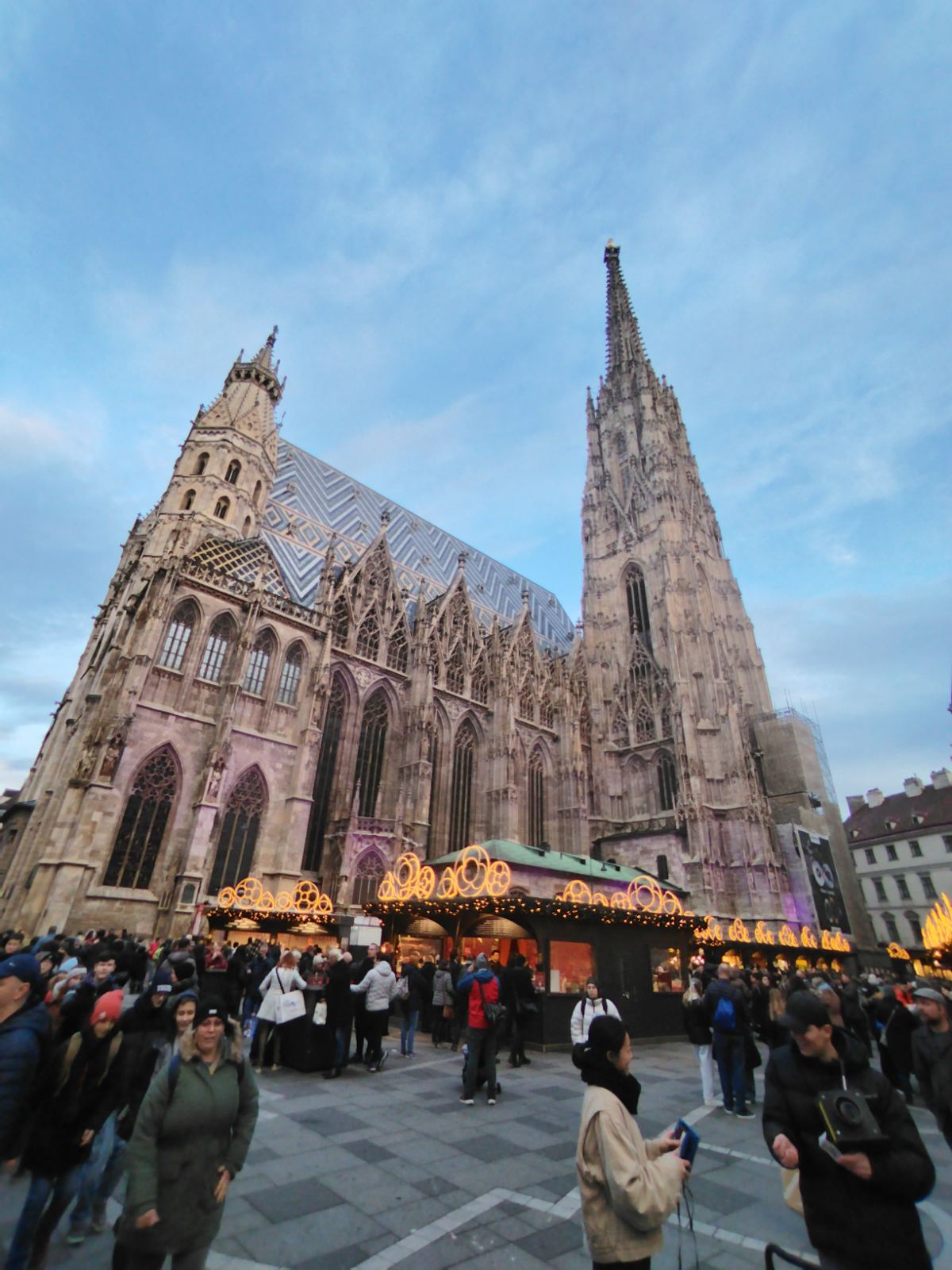
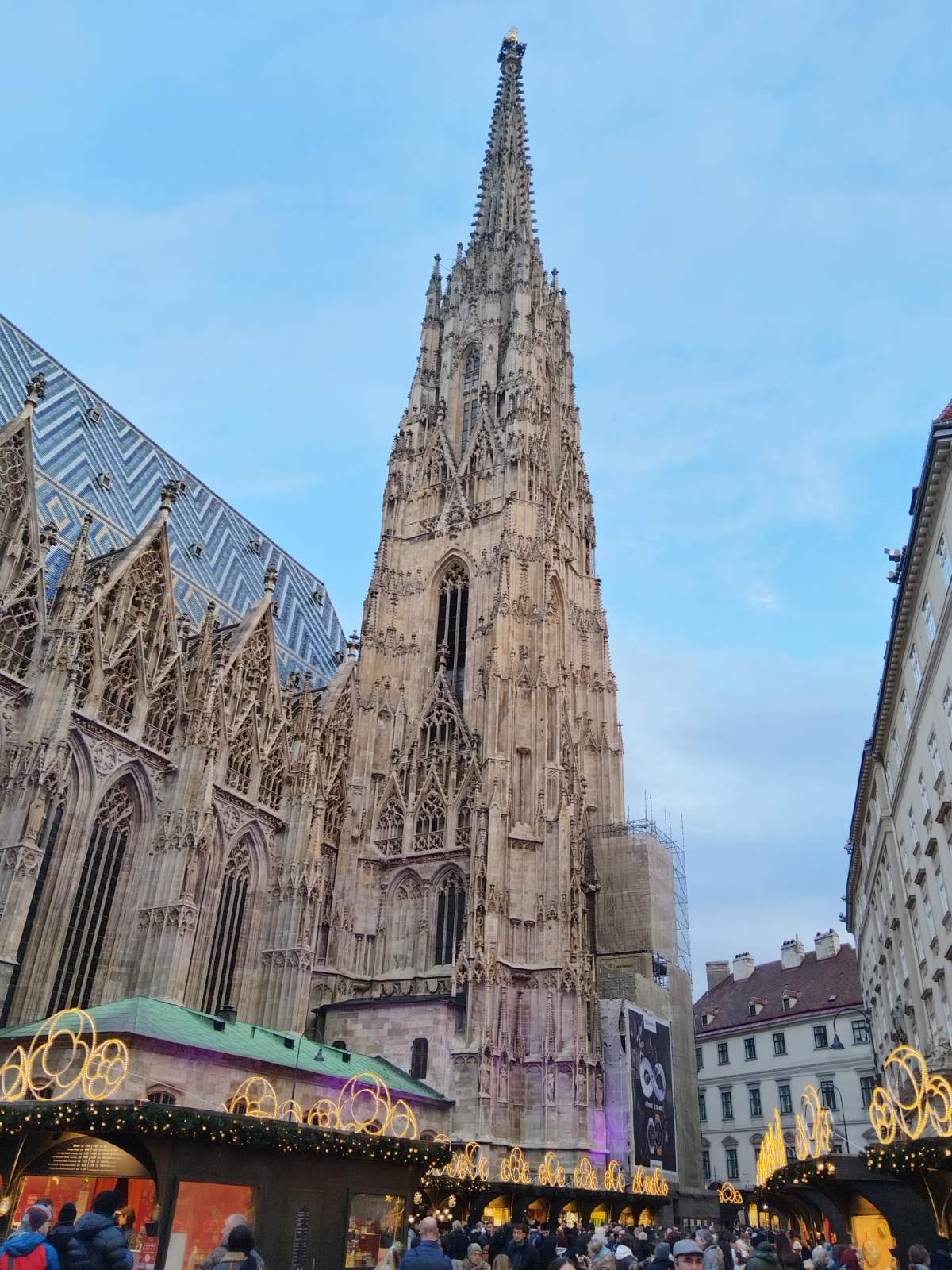
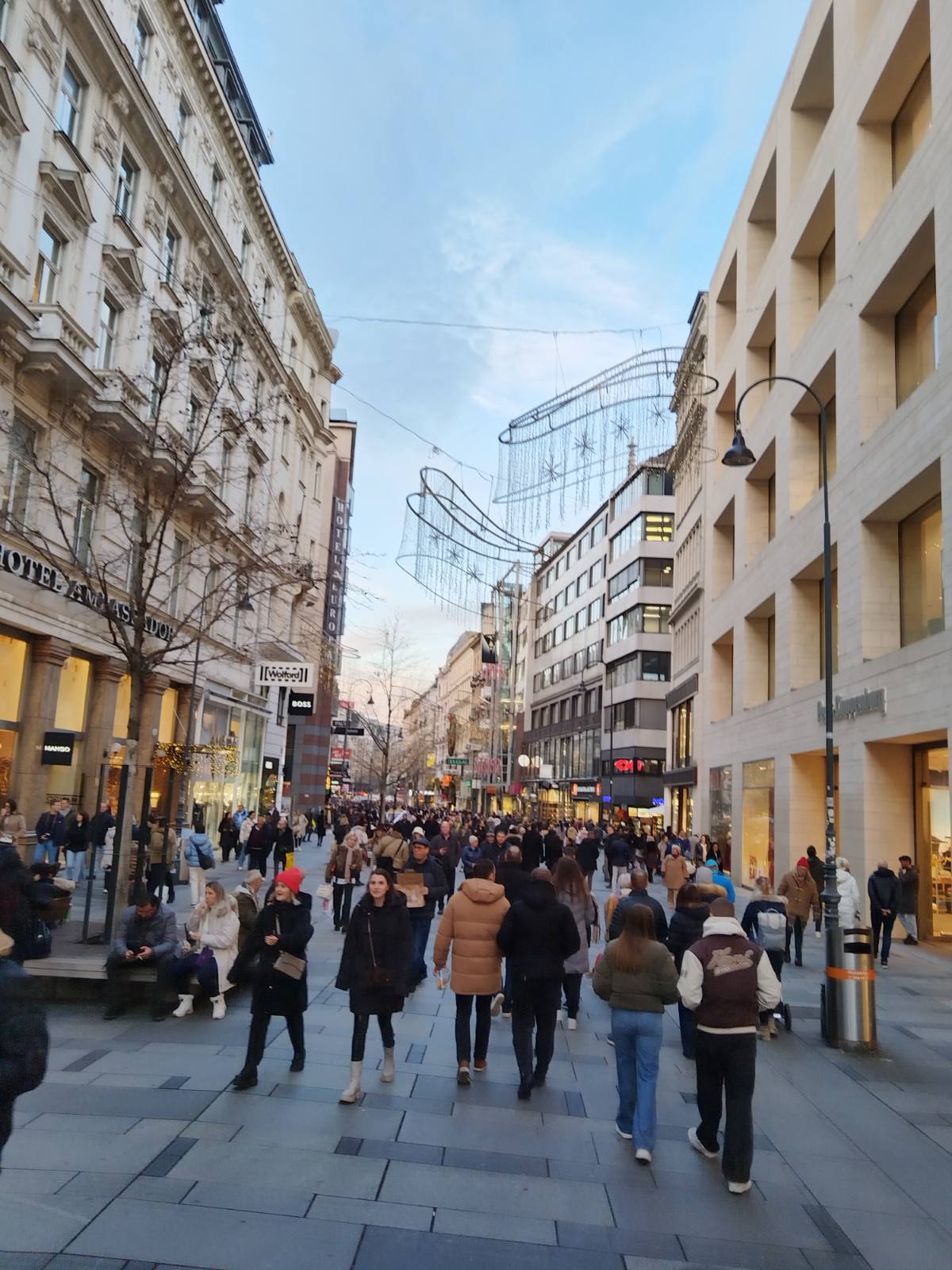
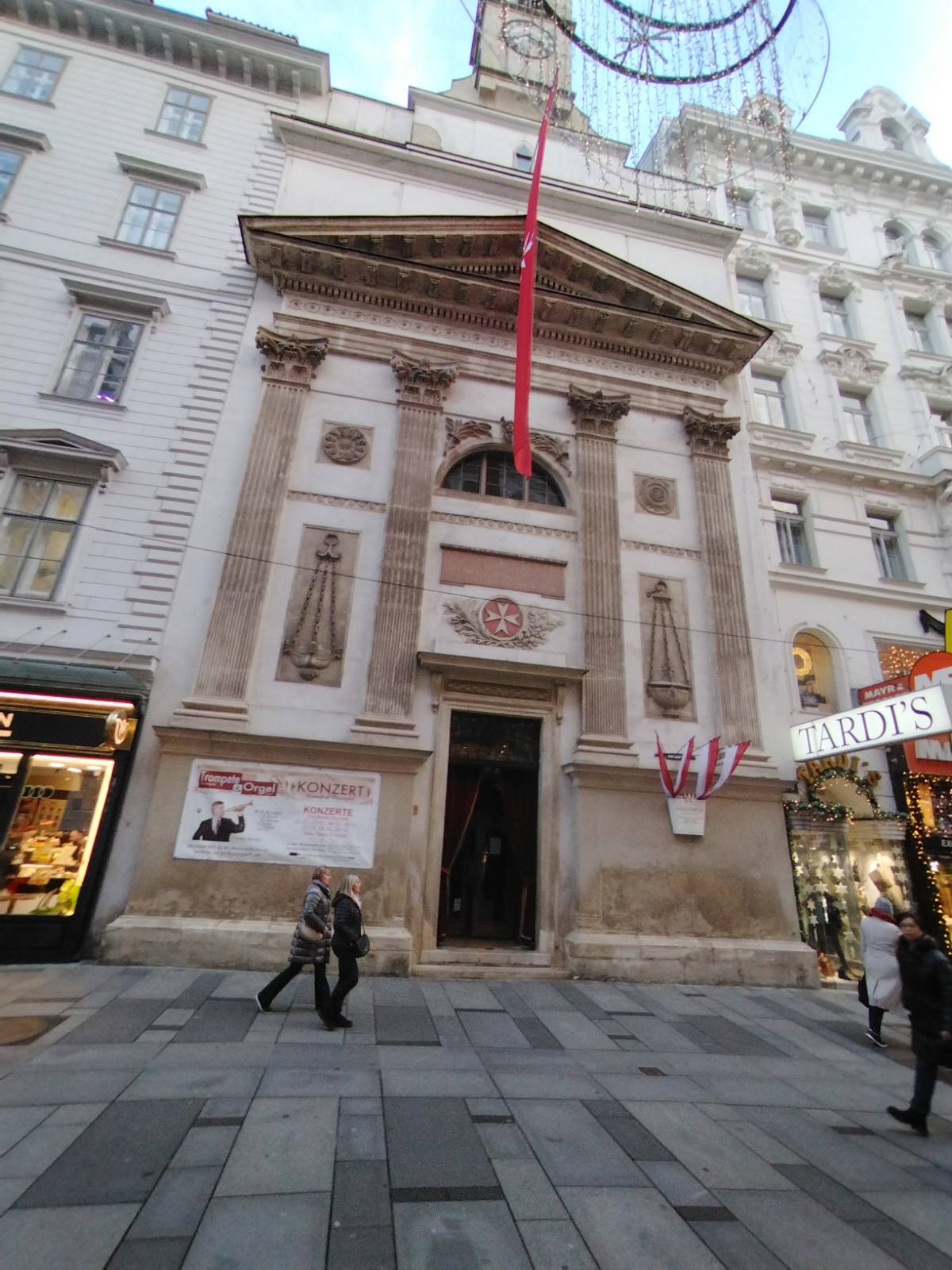
Throughout the centuries, Vienna has been a city where different architectural styles have interwoven, creating a unique blend of tradition and innovation.
The Baroque style dominates Vienna thanks to the works of architects such as Johann Bernhard Fischer von Erlach. In addition to the already mentioned Belvedere and Schönbrunn, churches such as the Karlskirche bear witness to the monumentality and rich ornamentation of that period.
Rococo, as a more elegant and playful continuation of Baroque, is present in the interiors of palaces, with its rich decorations, pastel-colored walls and gilded details.
At the turn of the 19th and 20th centuries, Vienna became the cradle of Art Nouveau, an artistic movement that aspired to break free from classical norms. The Art Nouveau pavilion, with its golden dome, is a symbol of that period and a recognizable sign of a new artistic era.
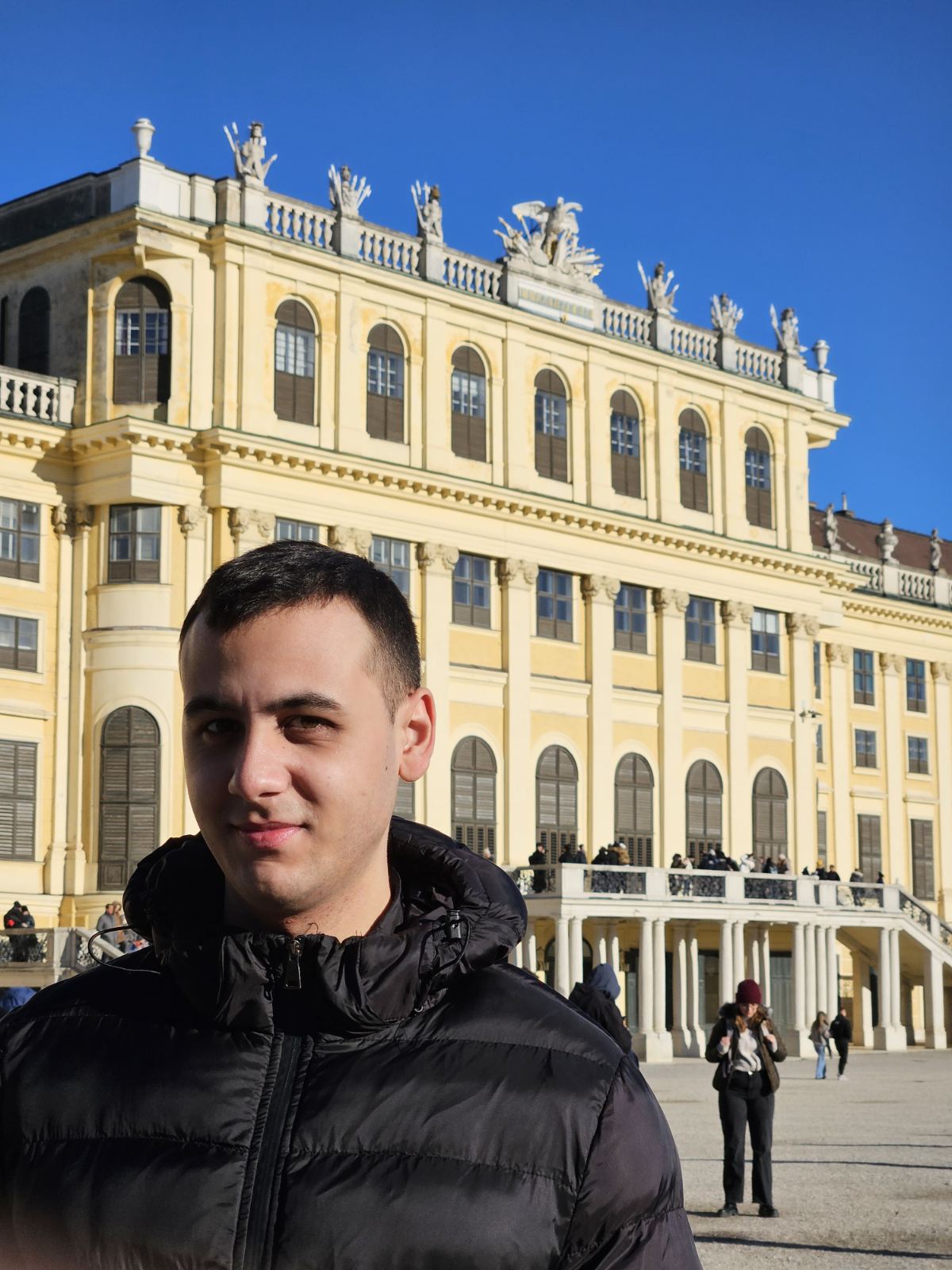
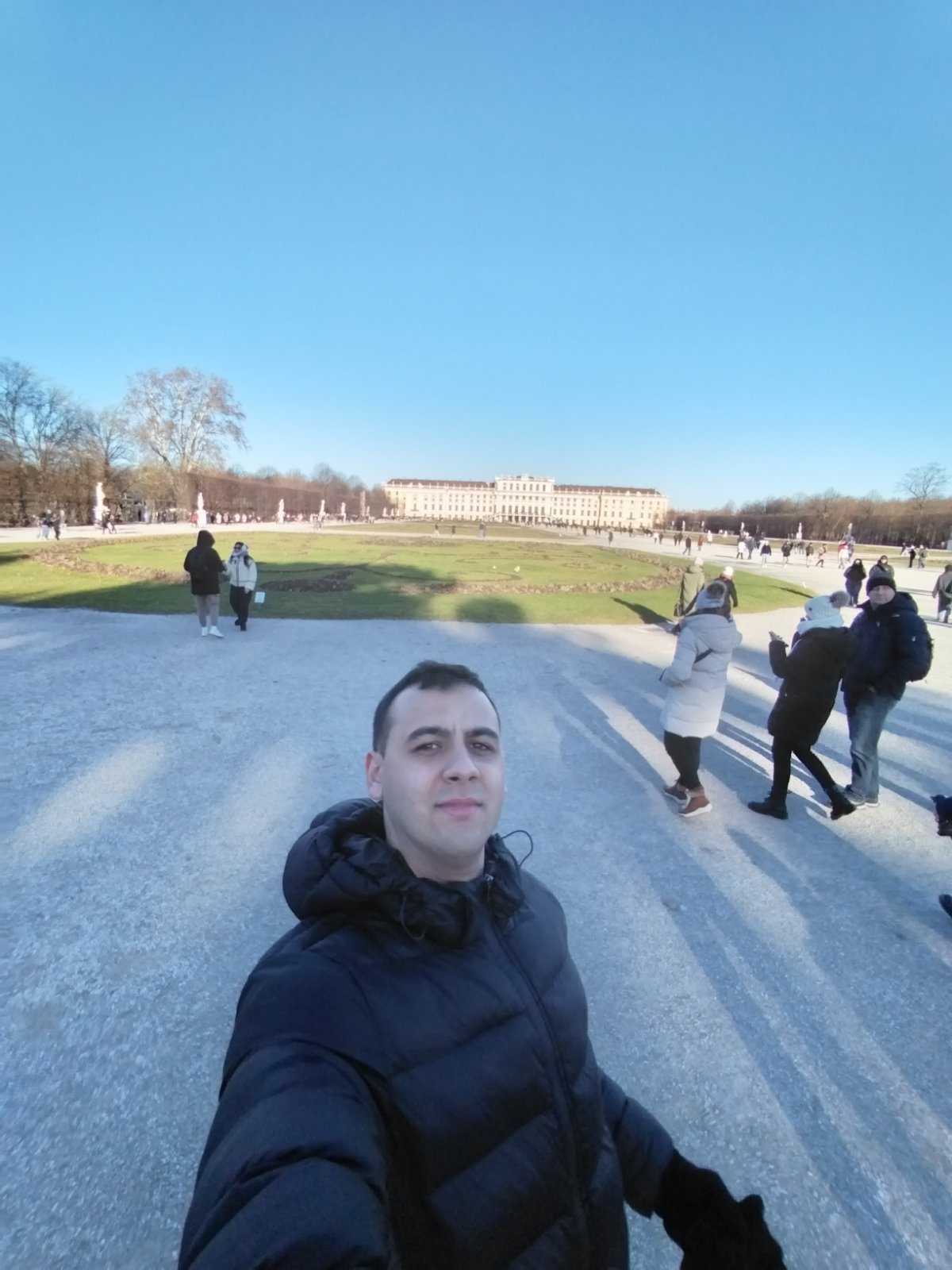

One of the most famous representatives of Art Nouveau, the architect Otto Wagner, left his mark on Viennese architecture through works such as the Postal Savings Bank and the station infrastructure of the Vienna City Railway. His use of clean lines and functional forms paved the way for modernism in architecture.
Vienna is a city where every street corner or square is revealed as part of a bigger picture – the picture of a city that skilfully combines a rich past with a dynamic present. Its architecture is not only a witness to history, but also an inspiration for all those who visit it.